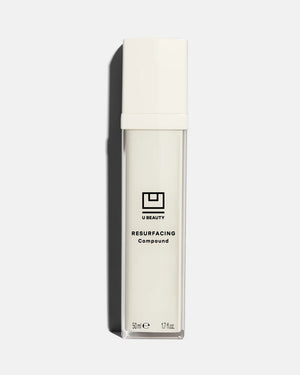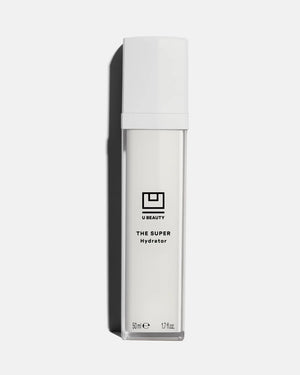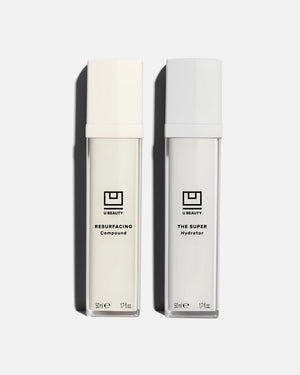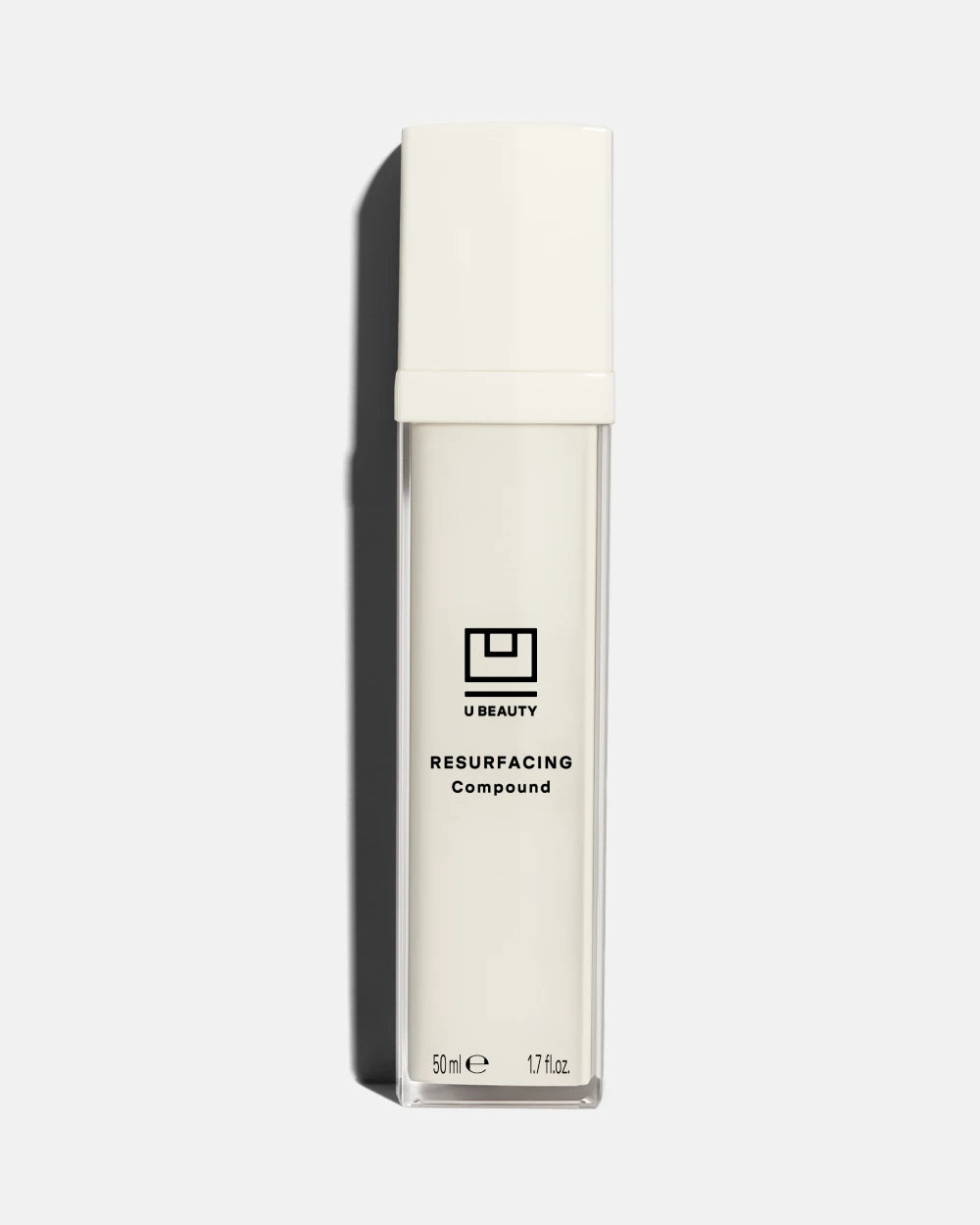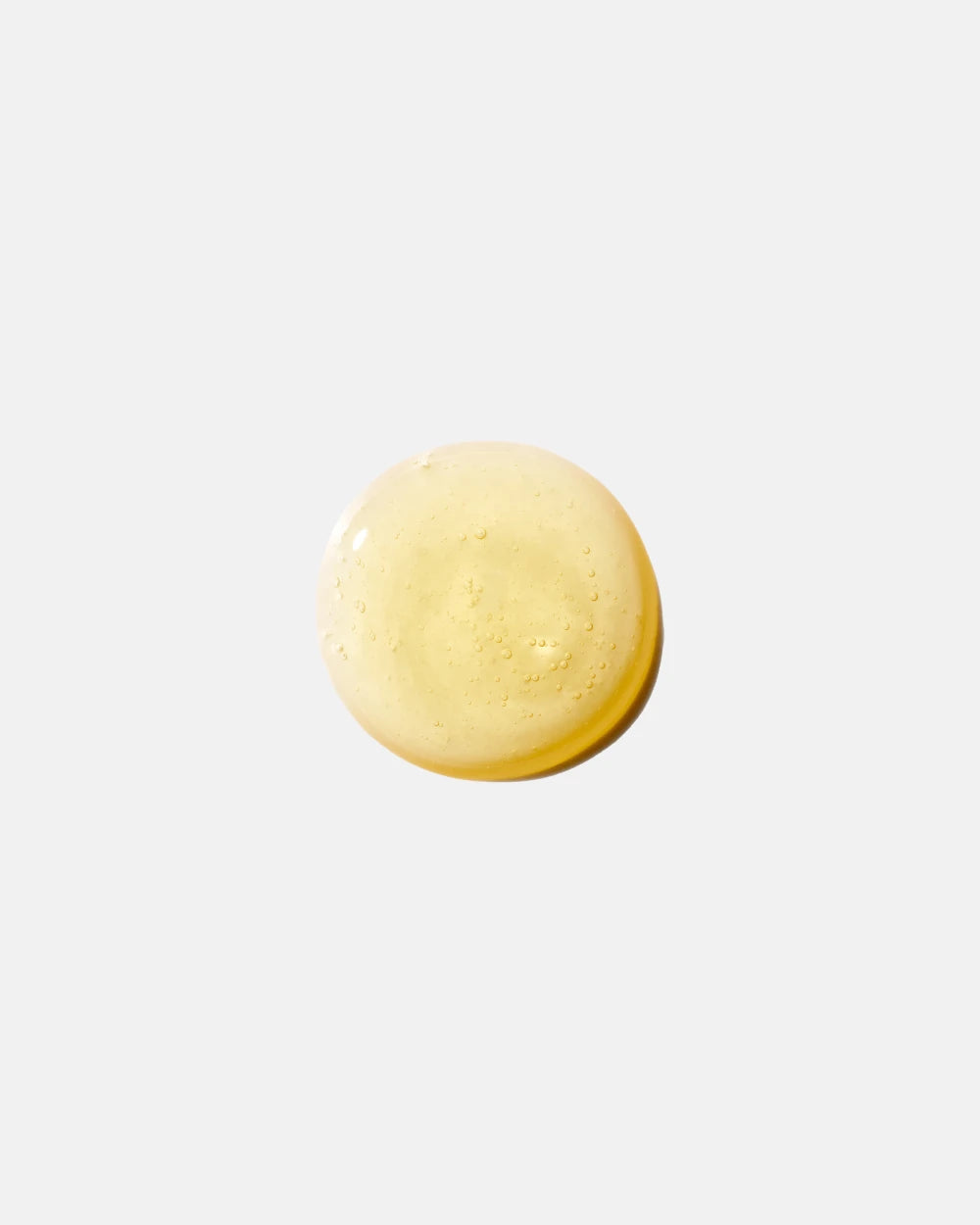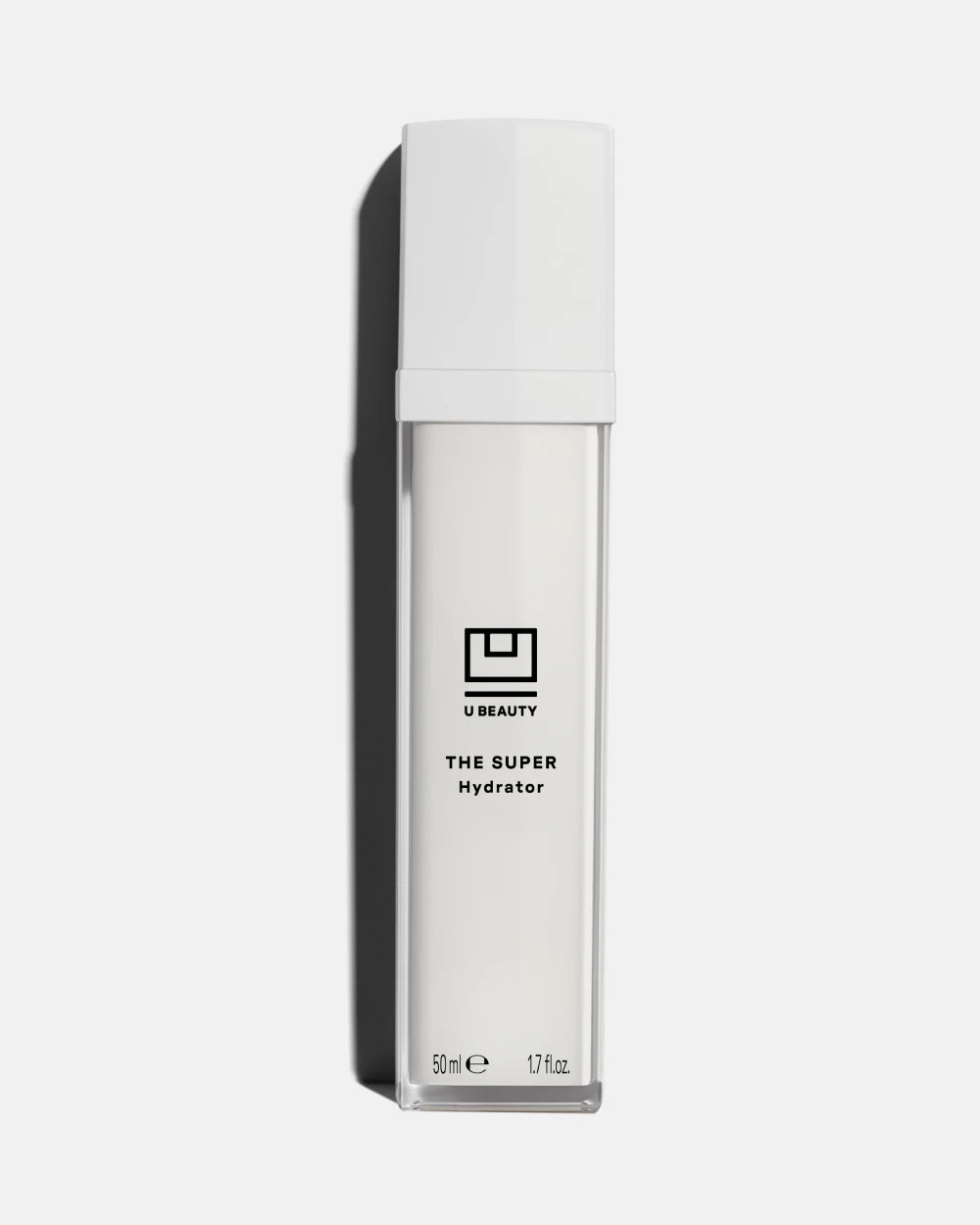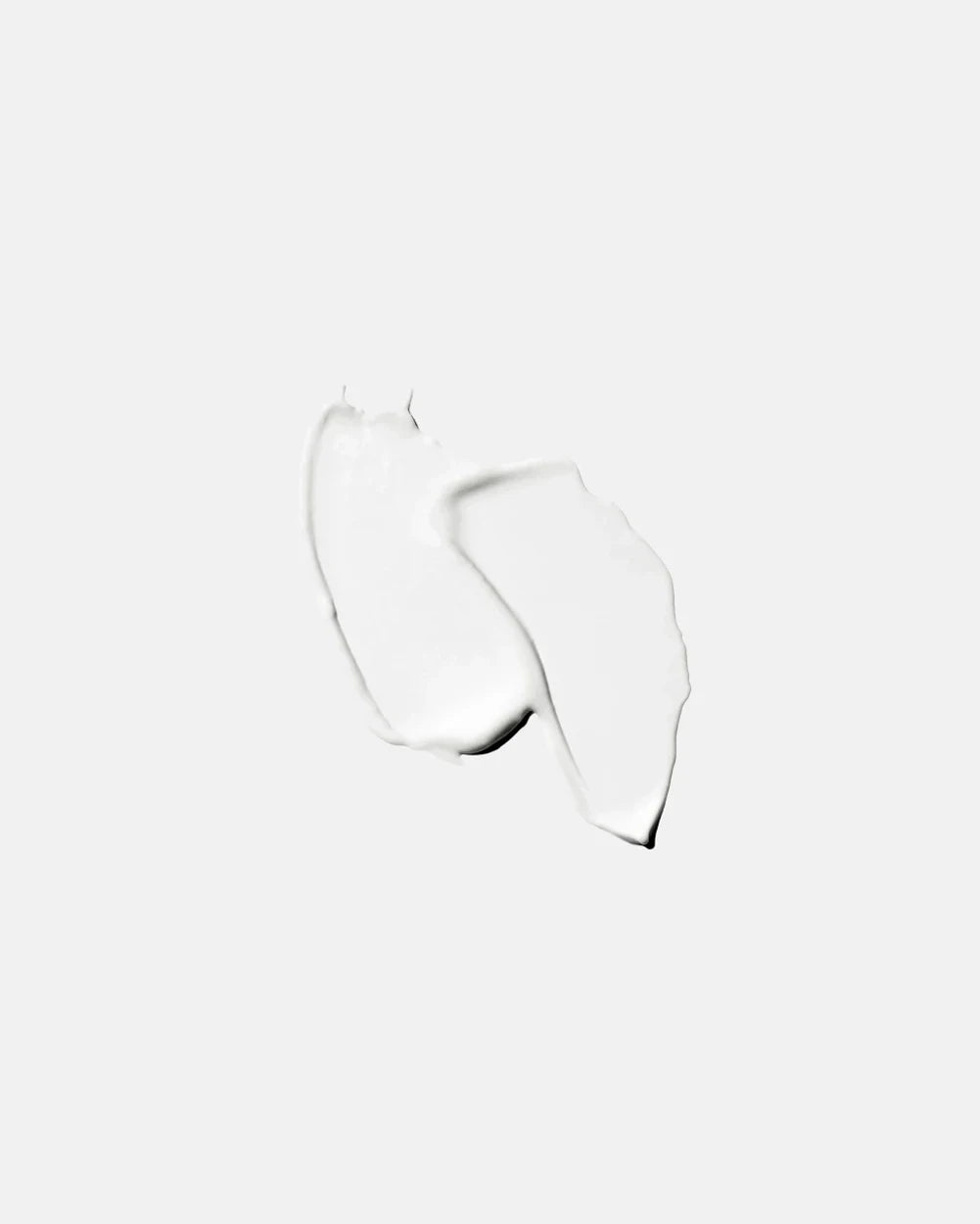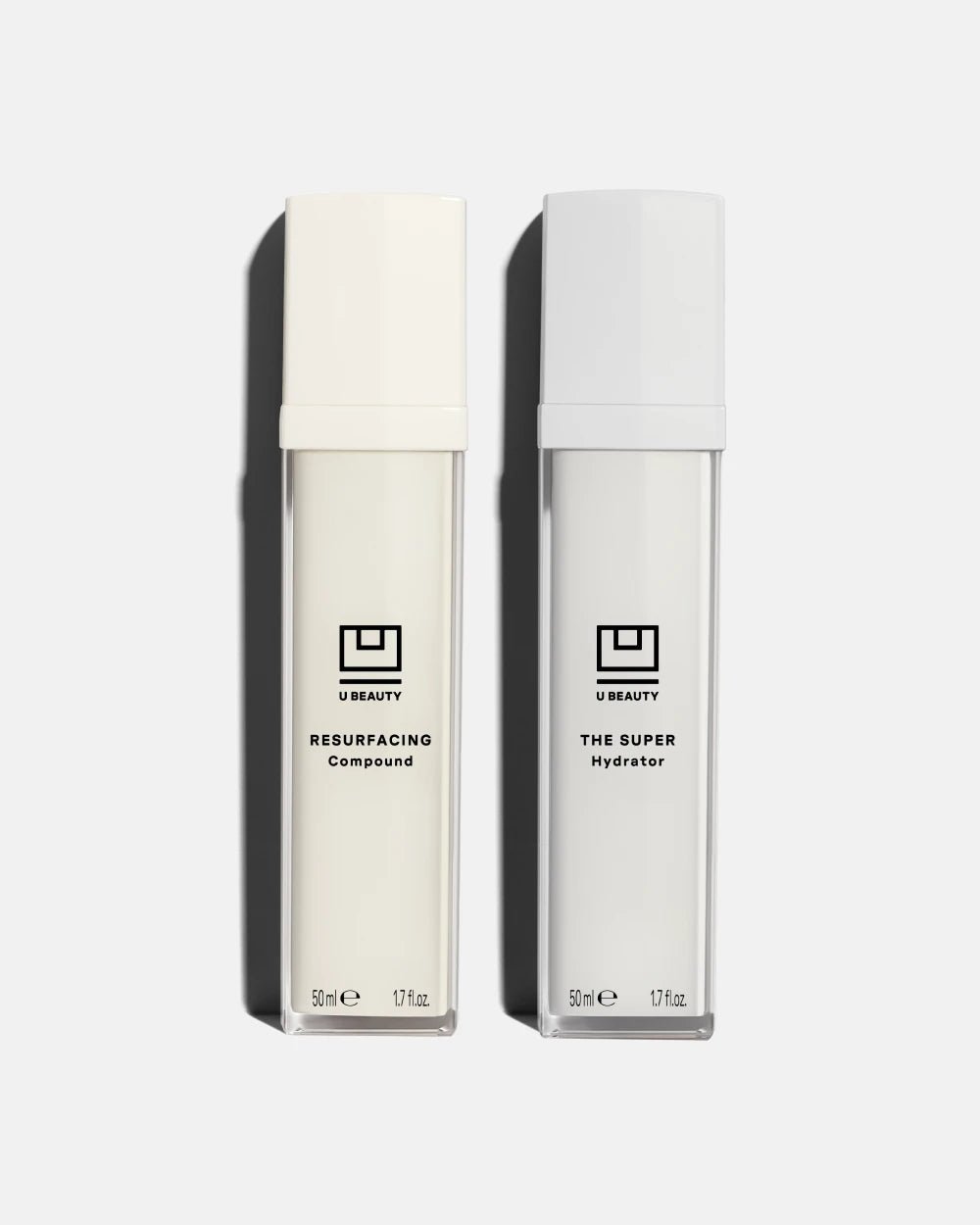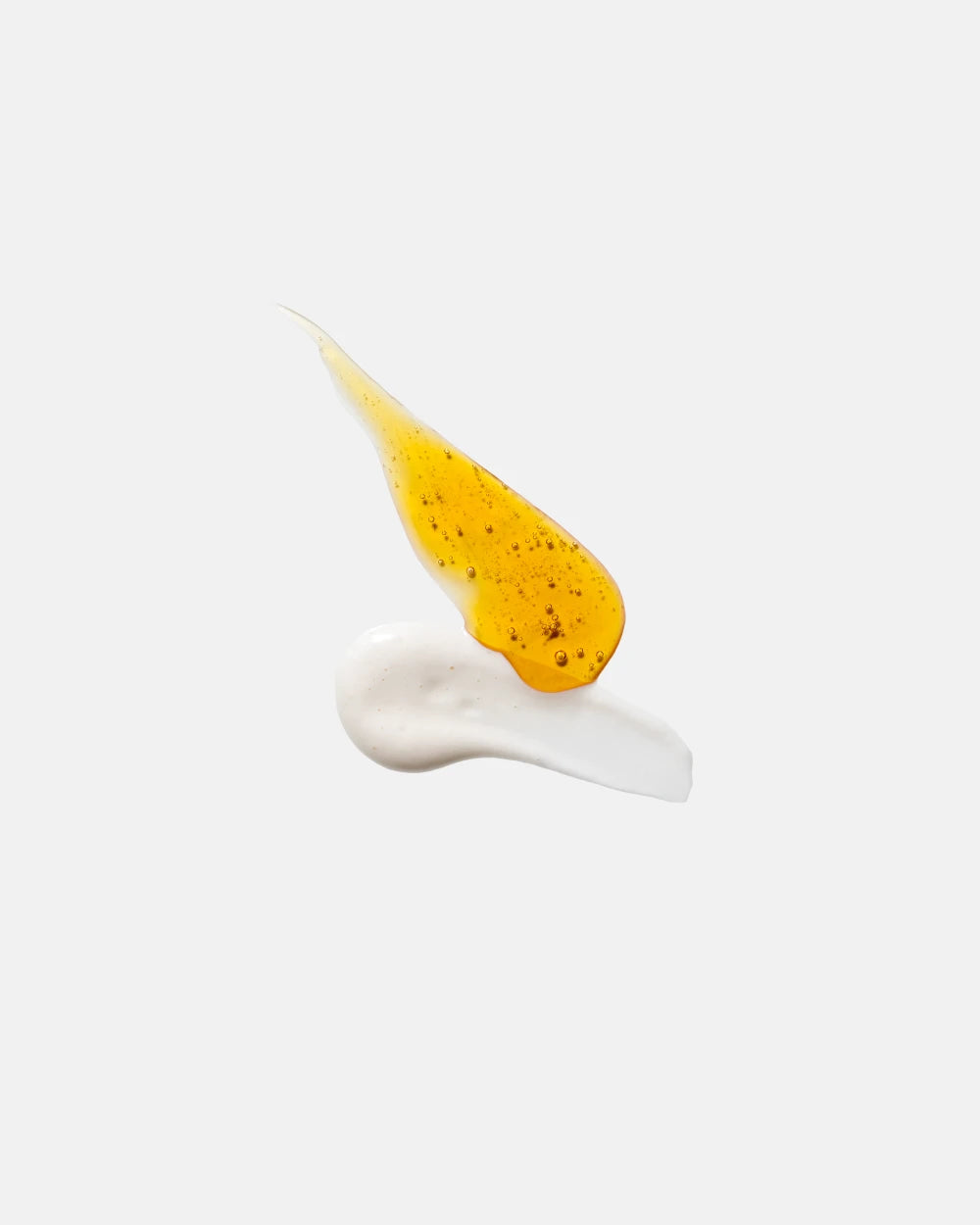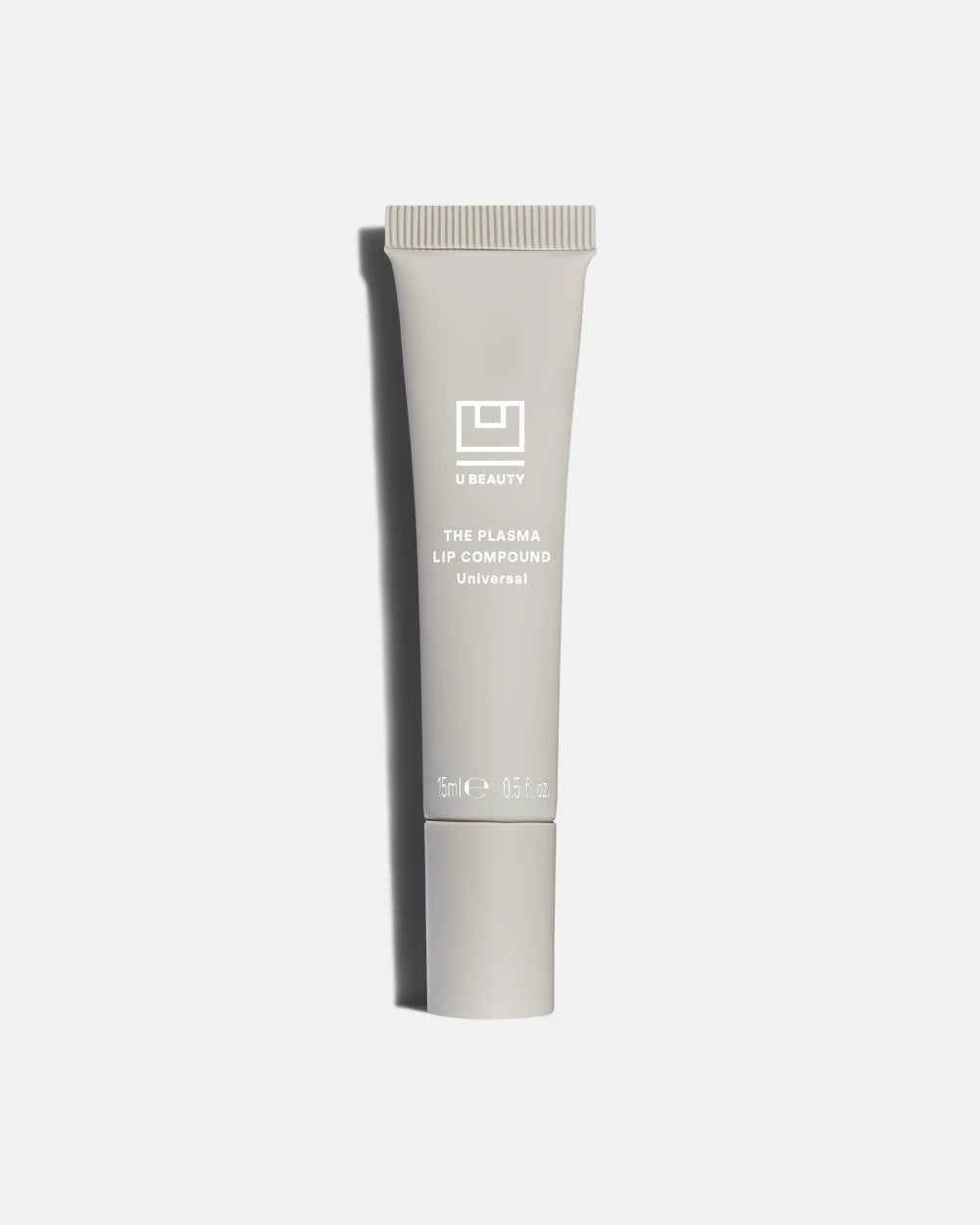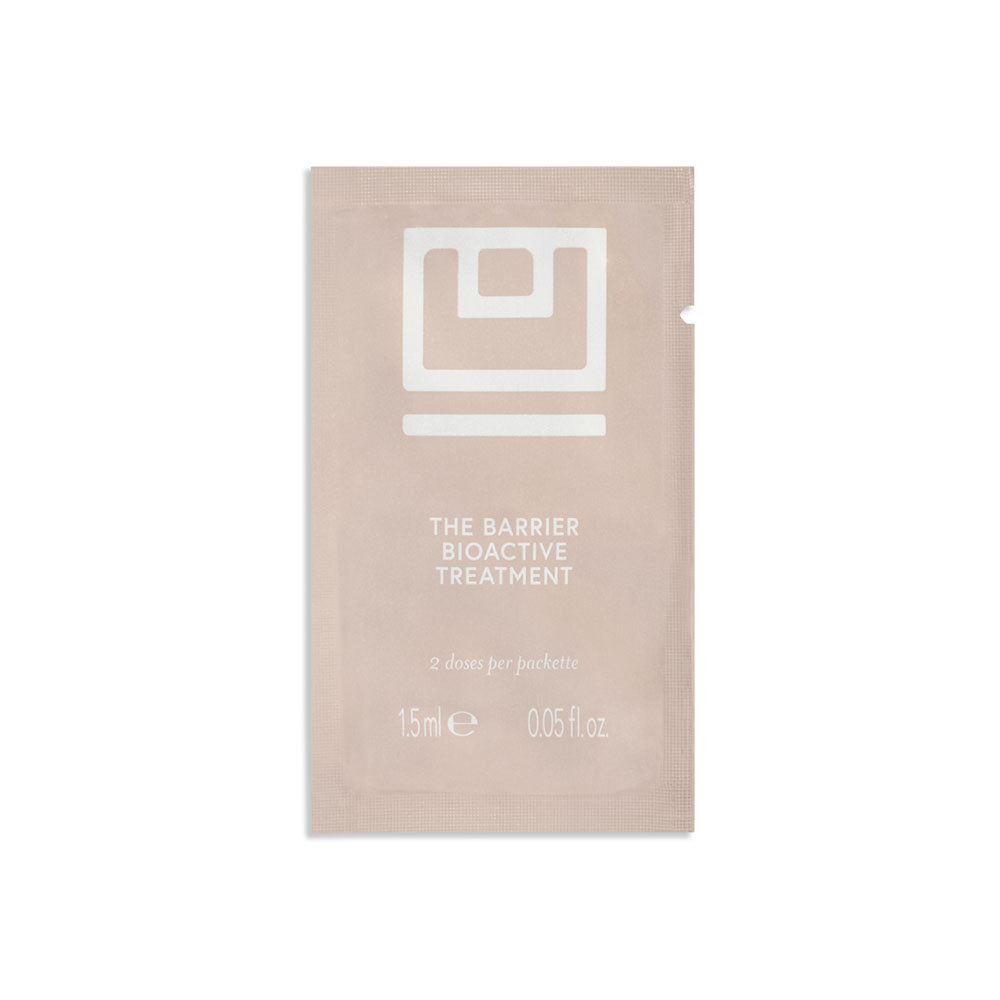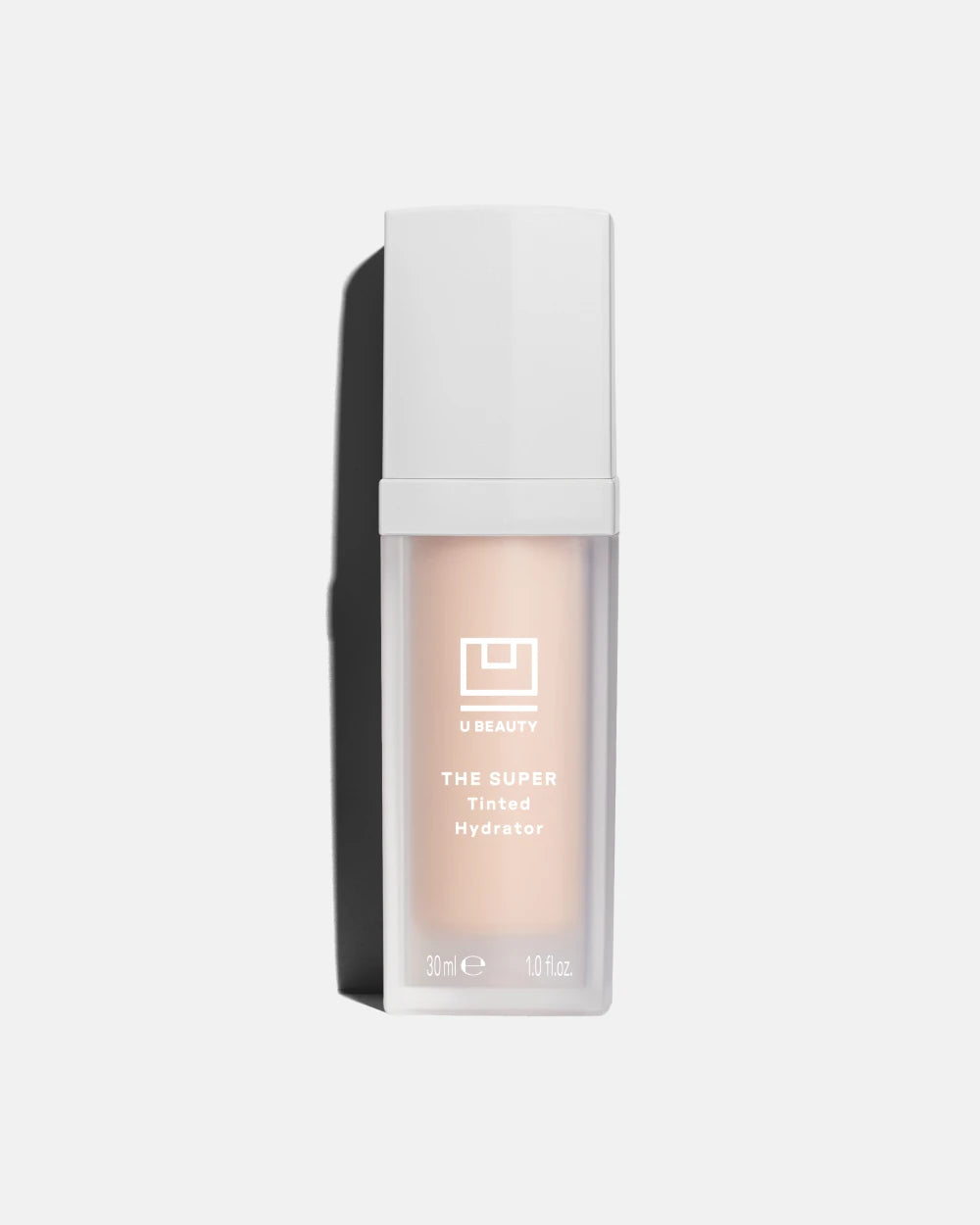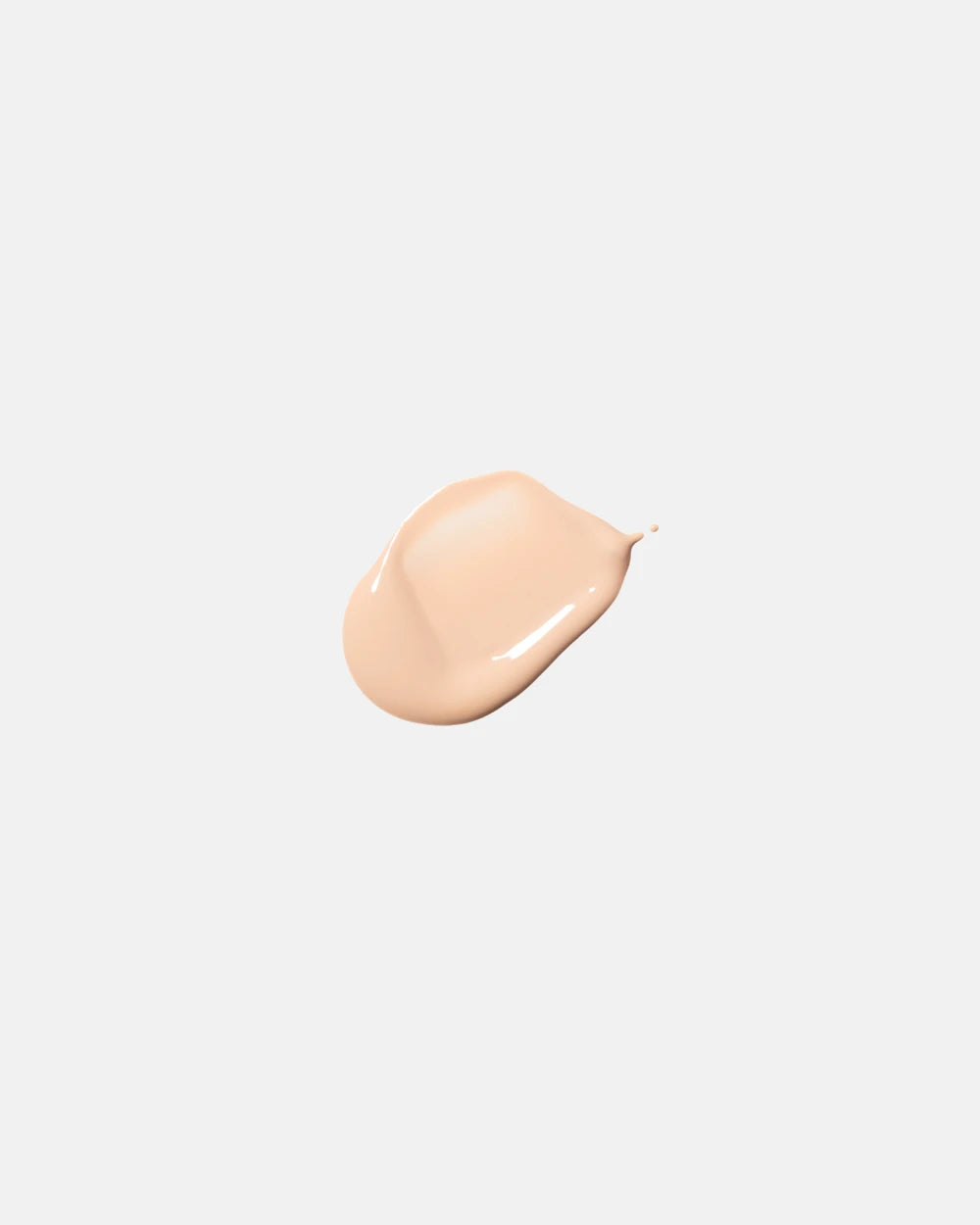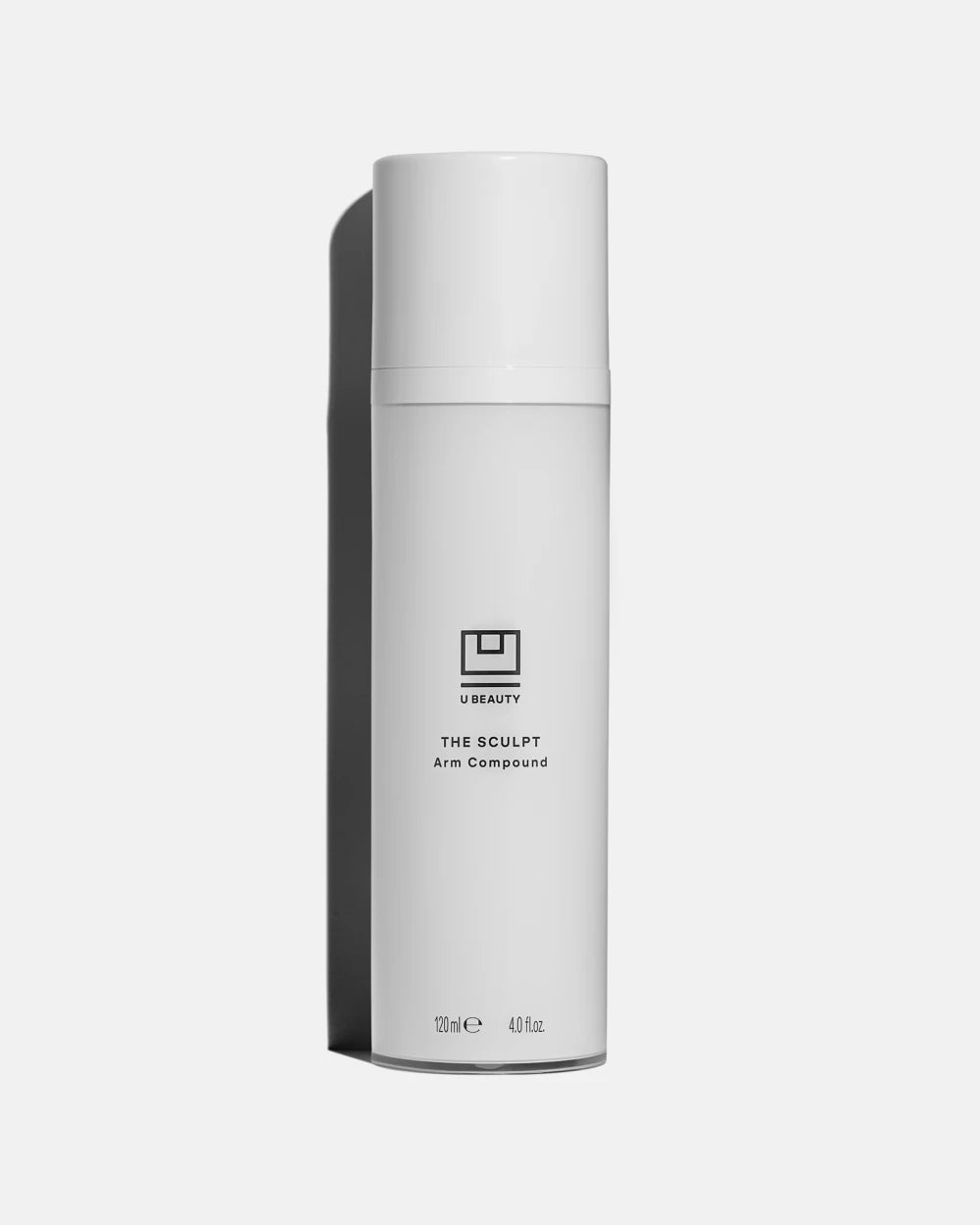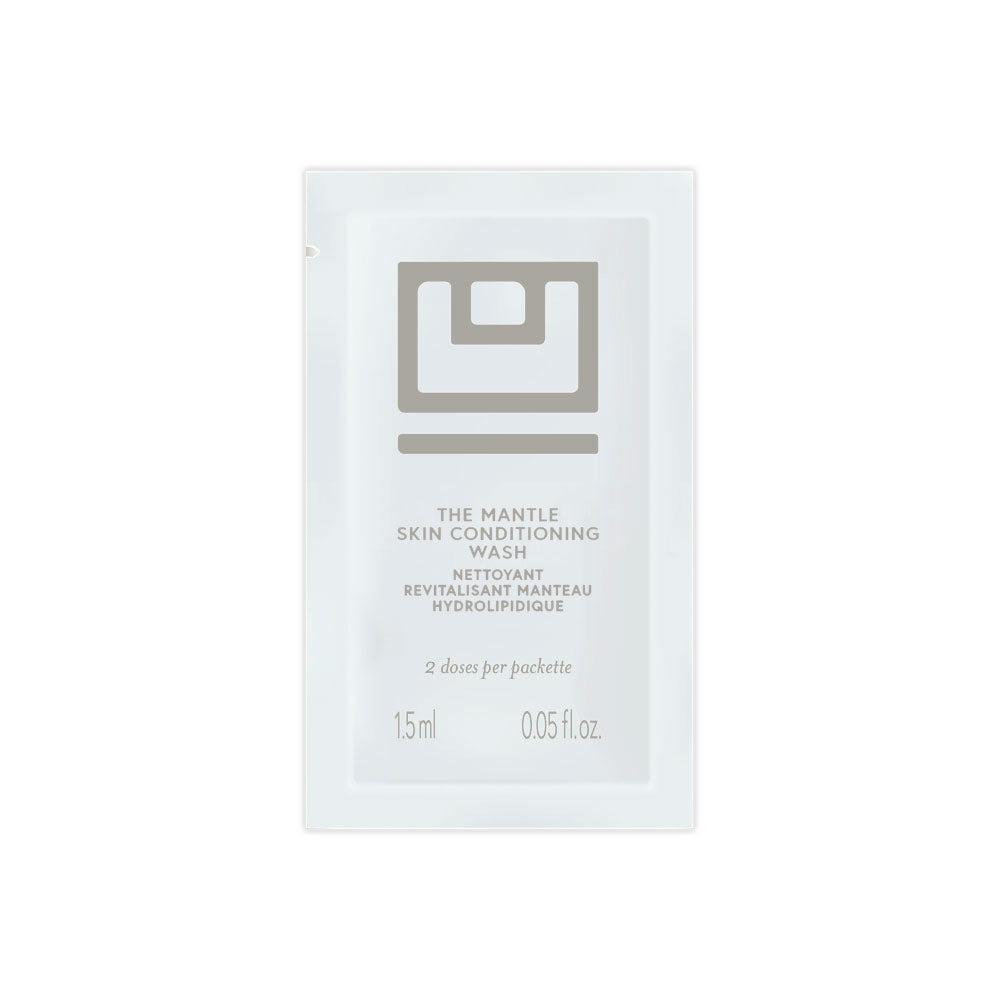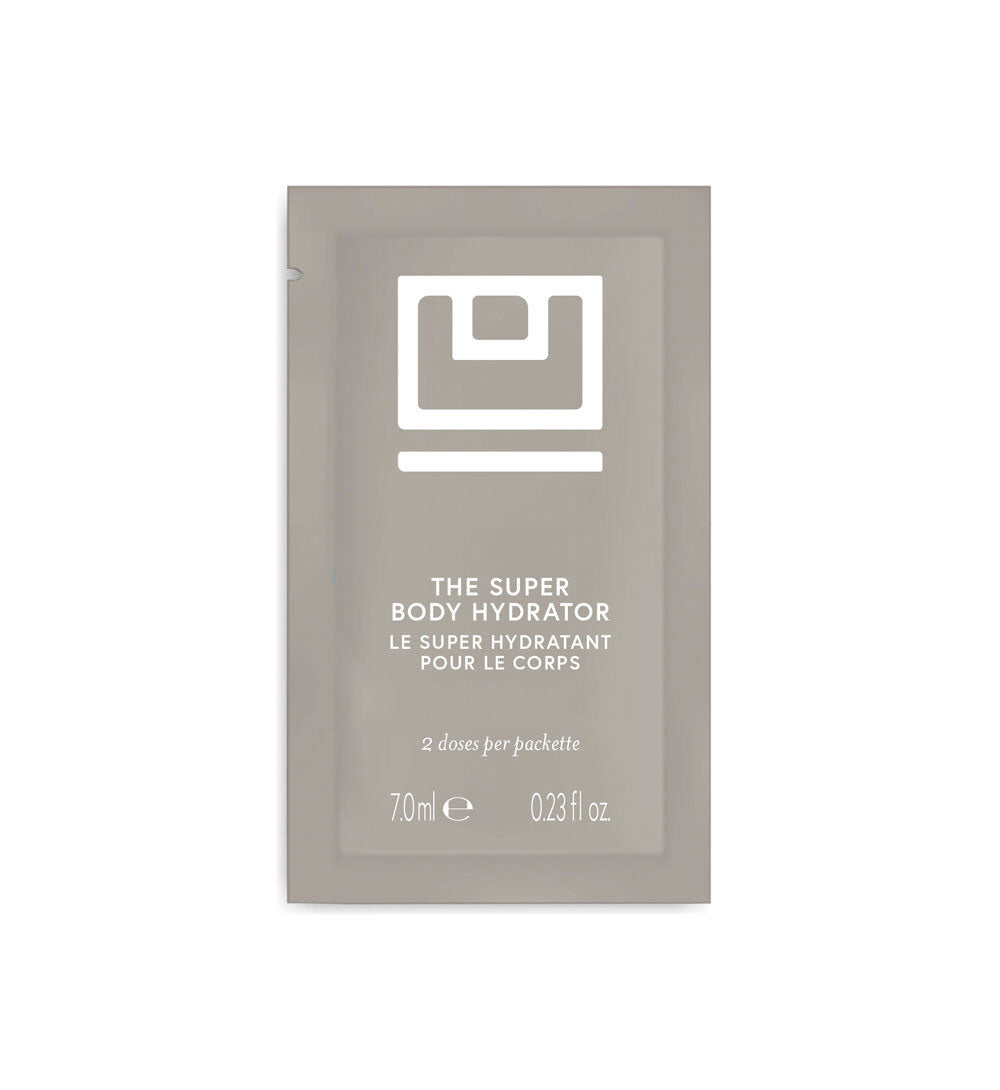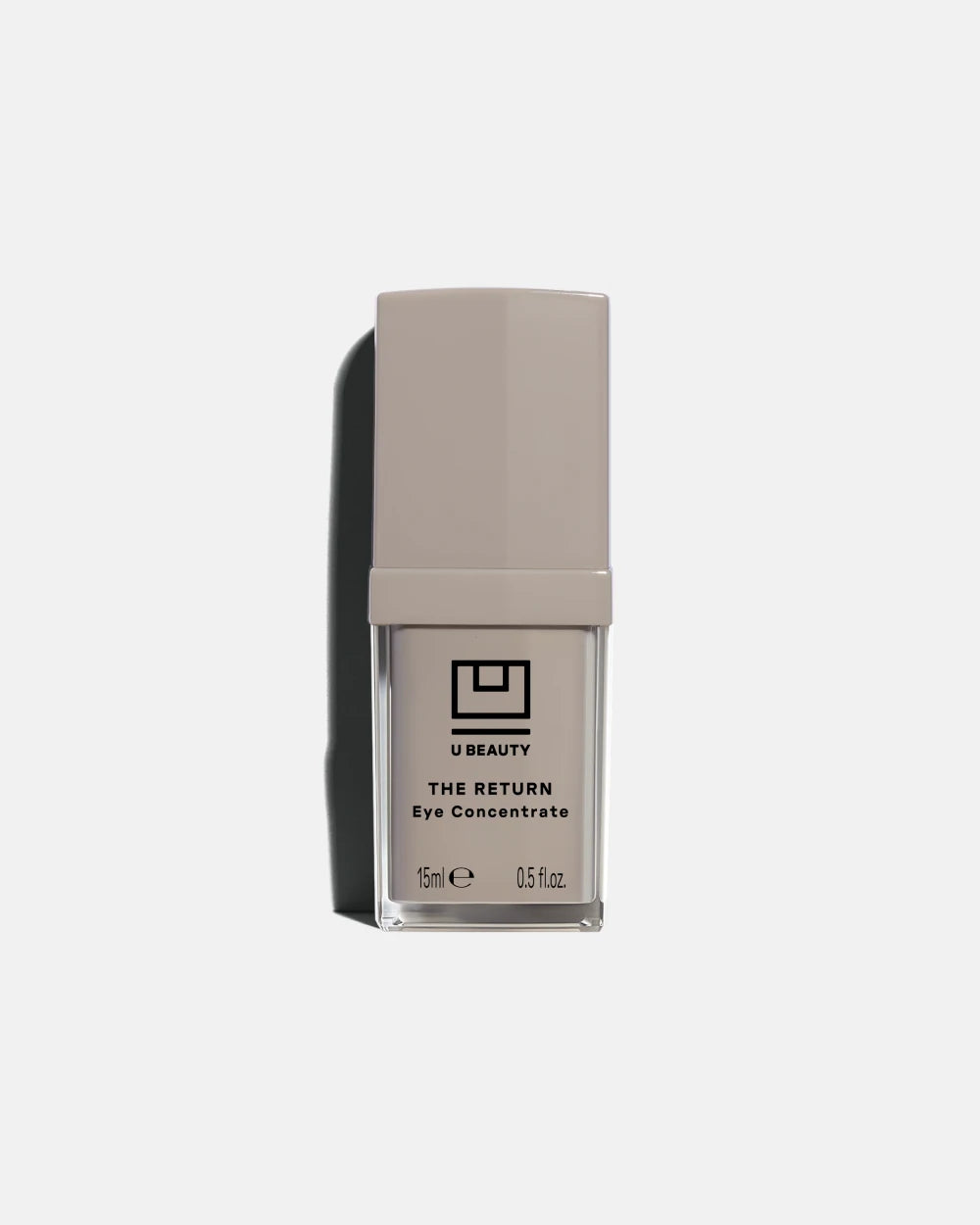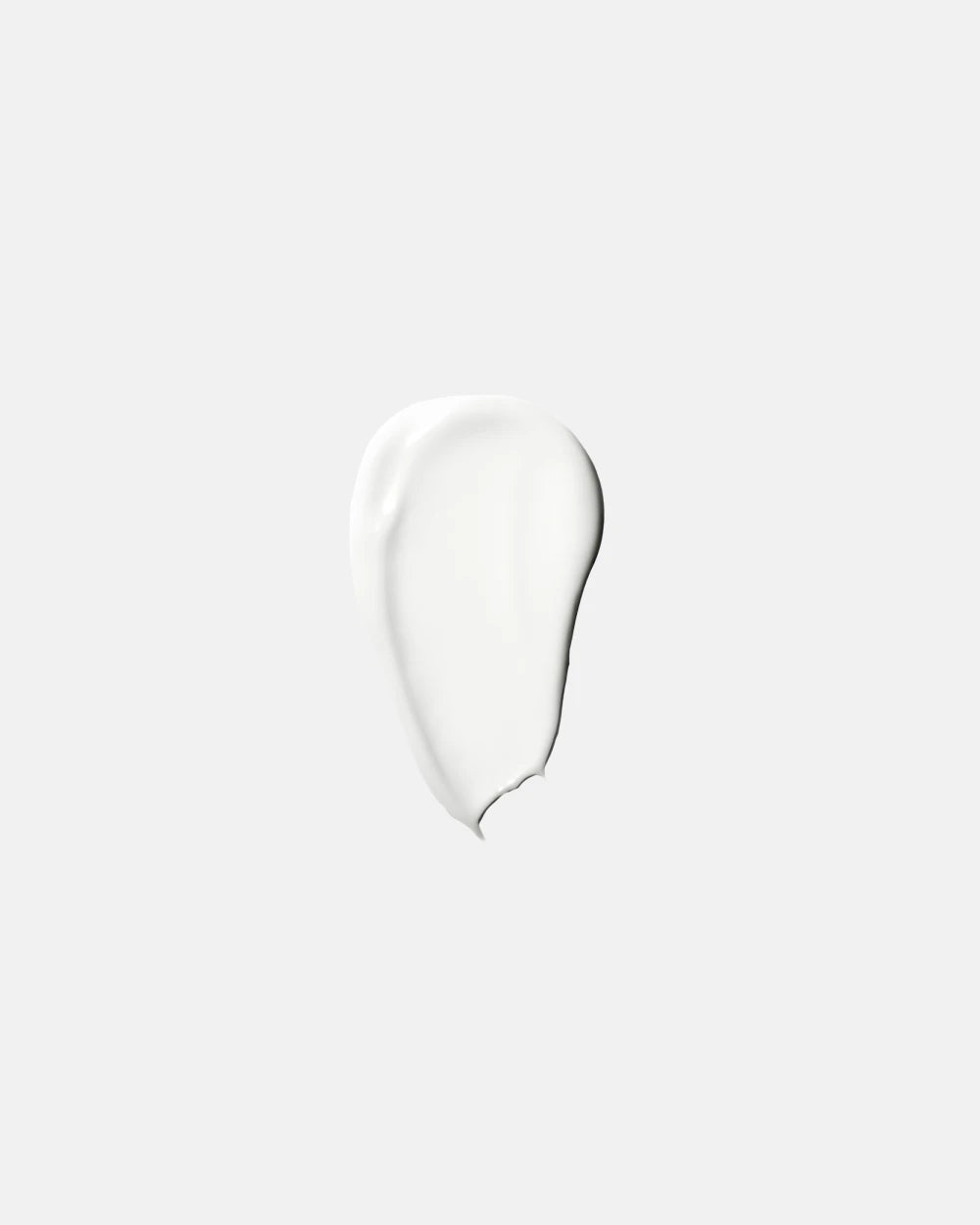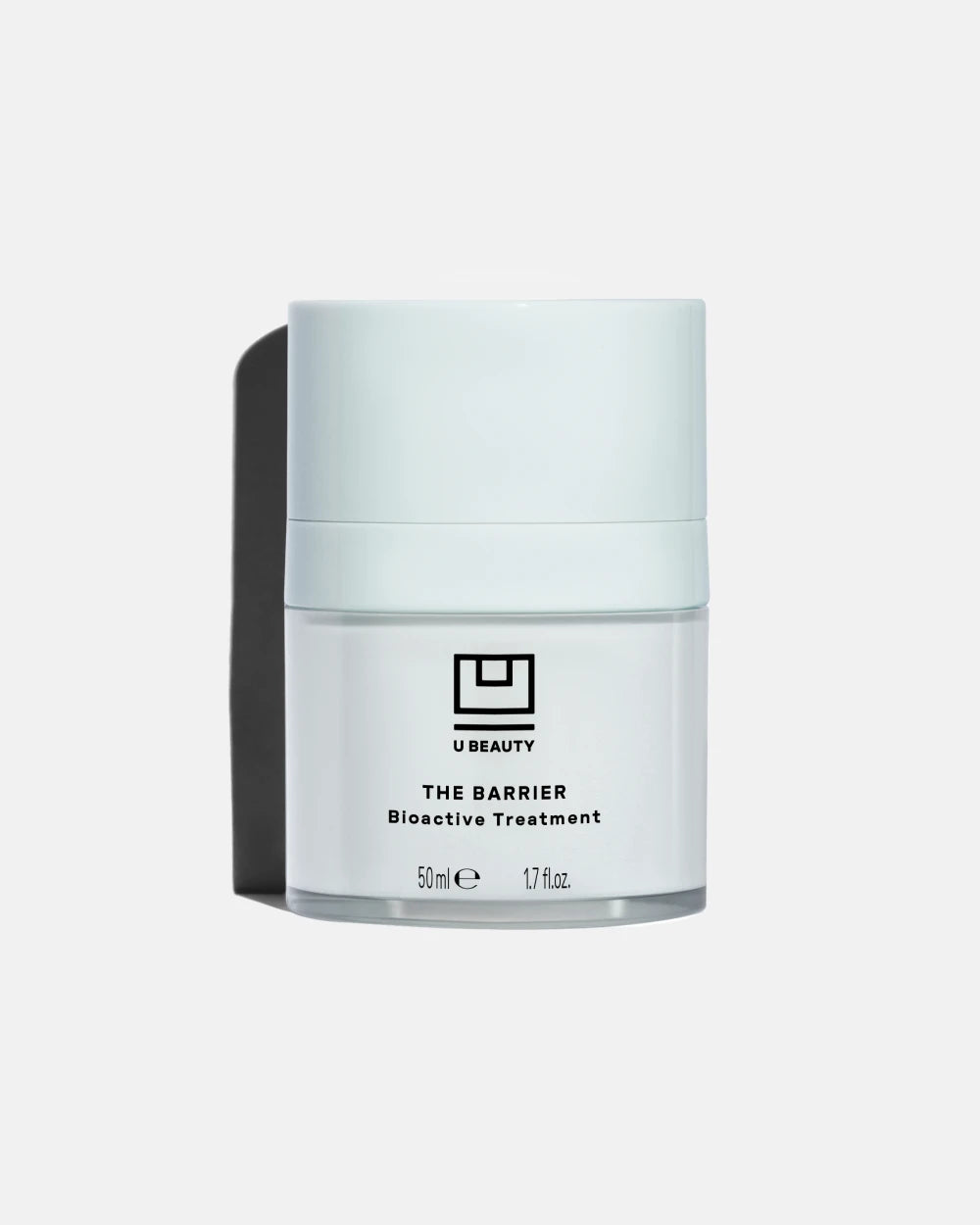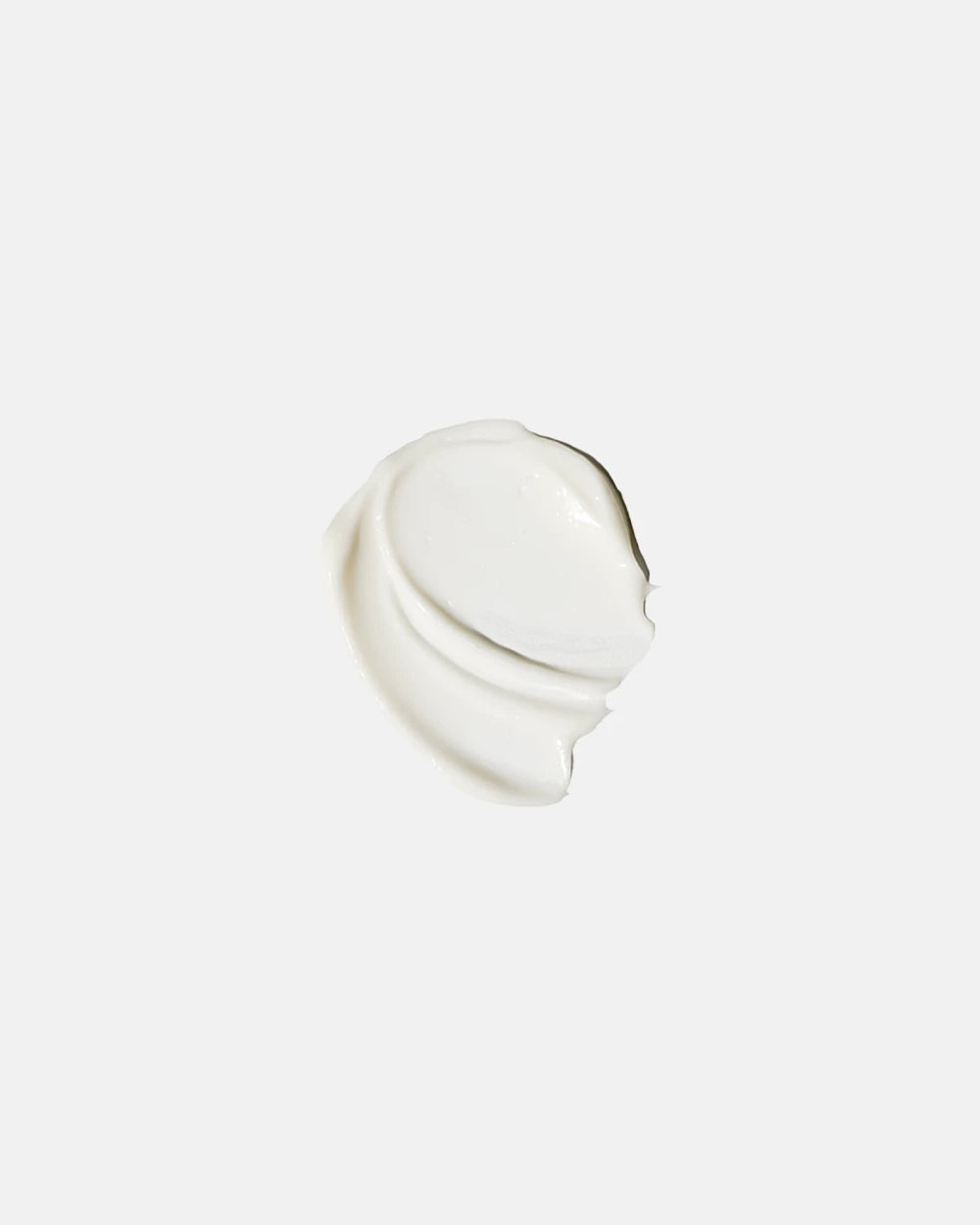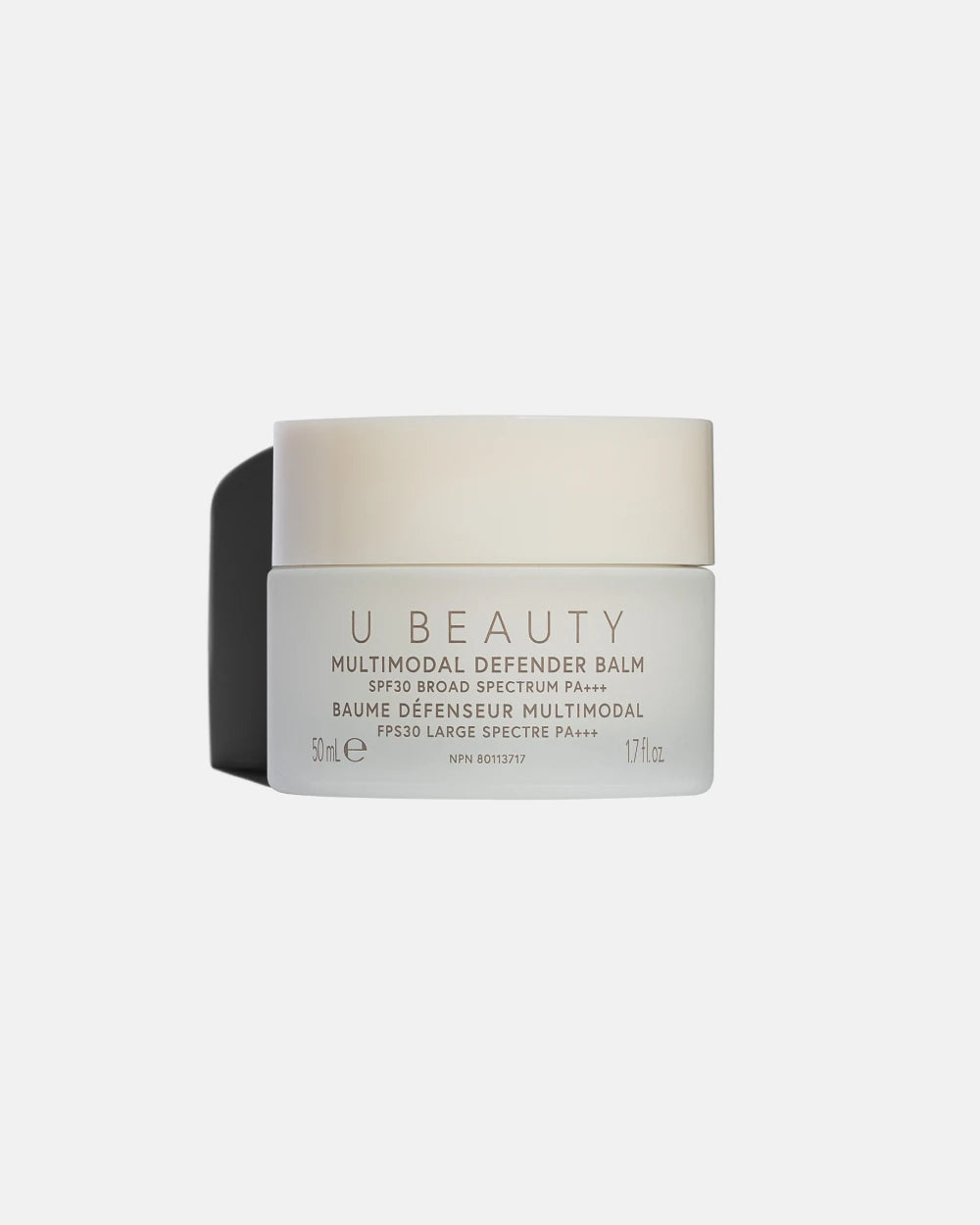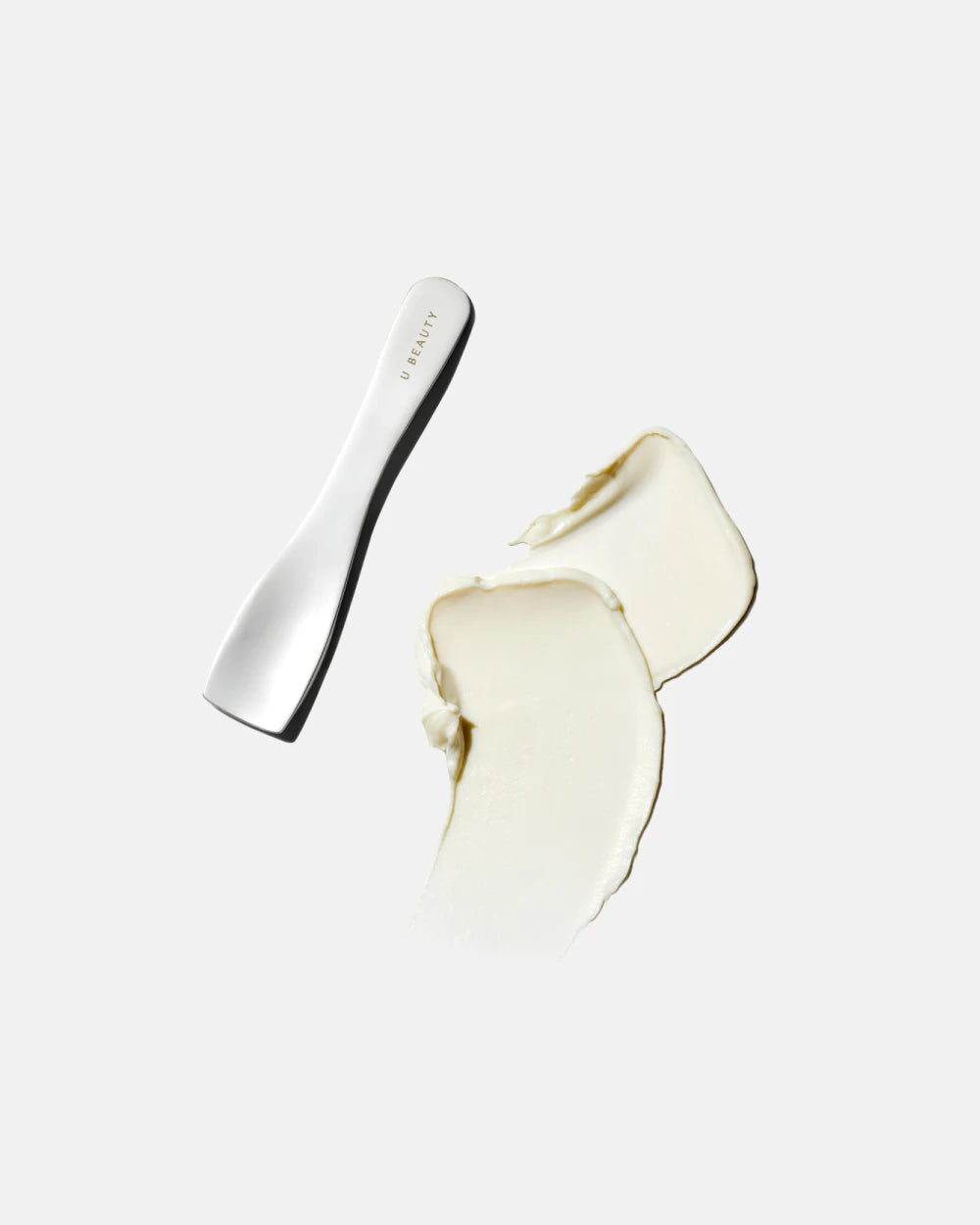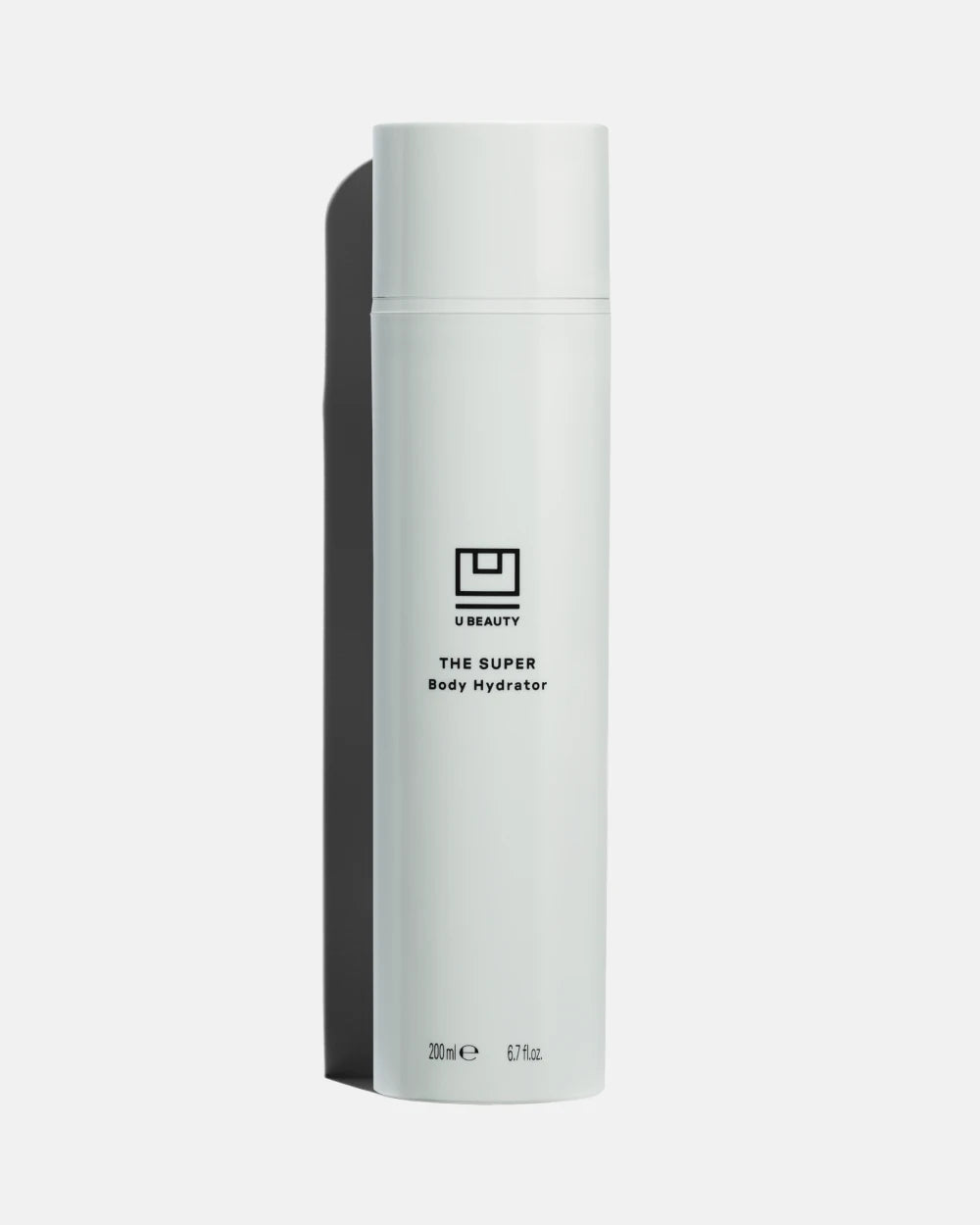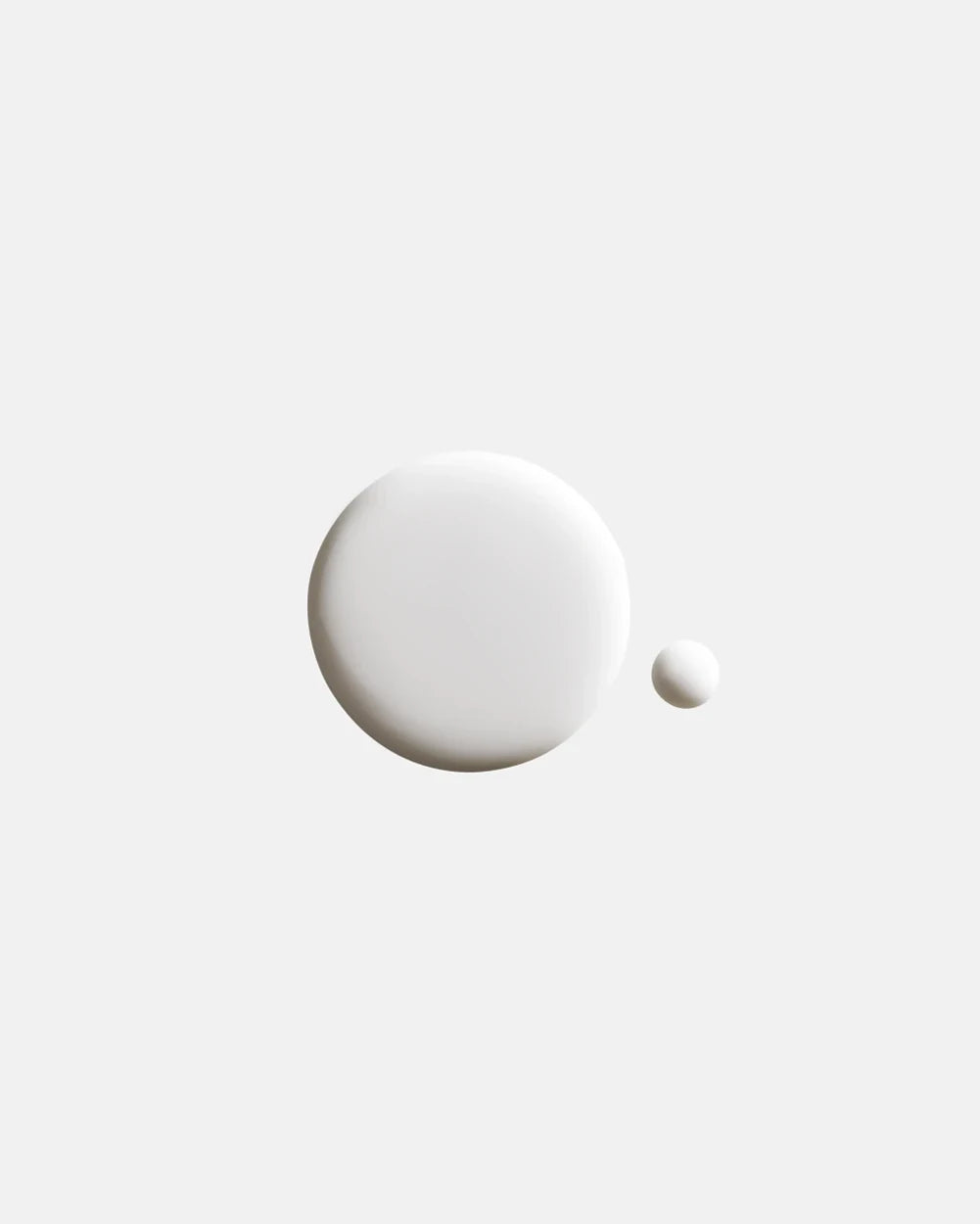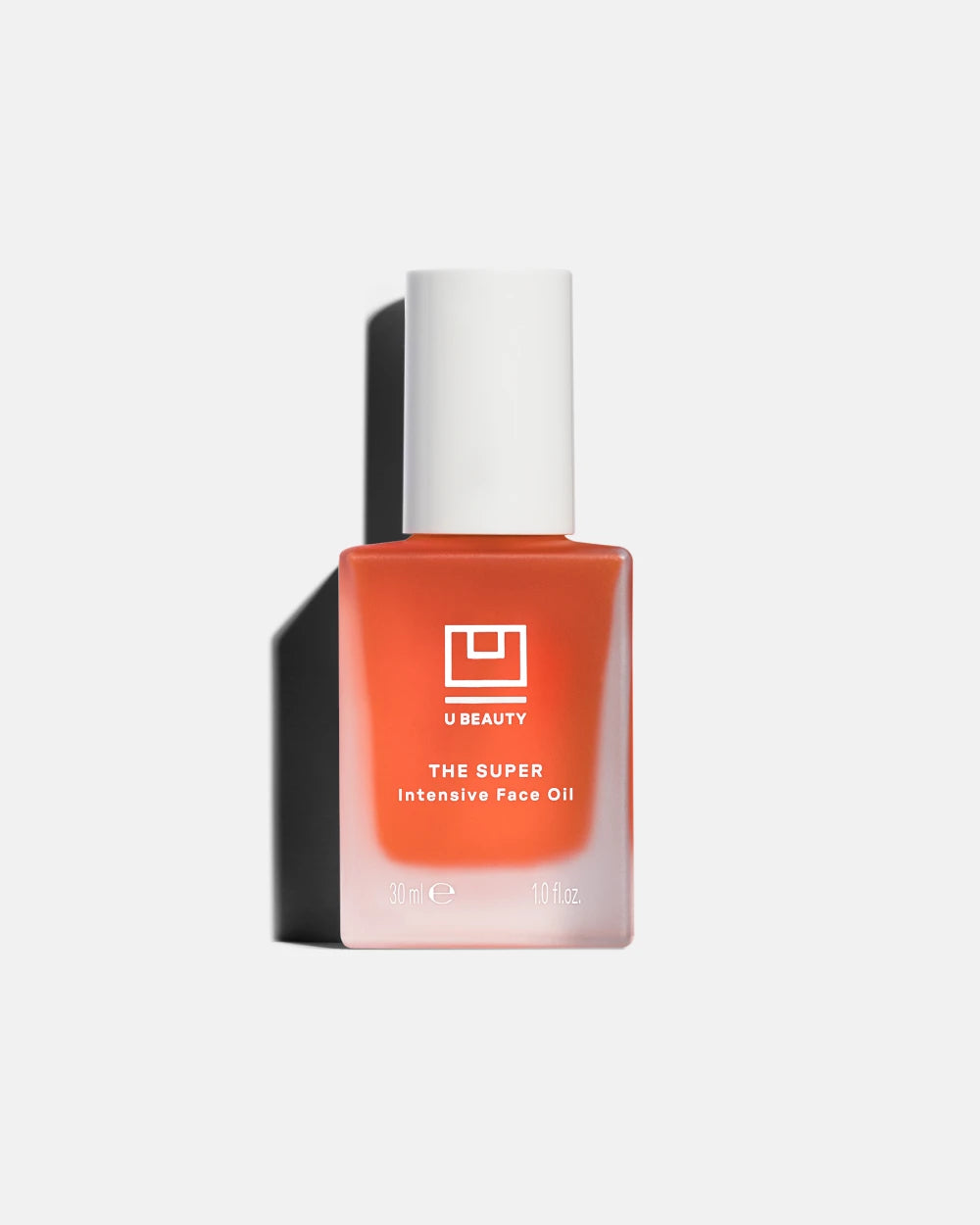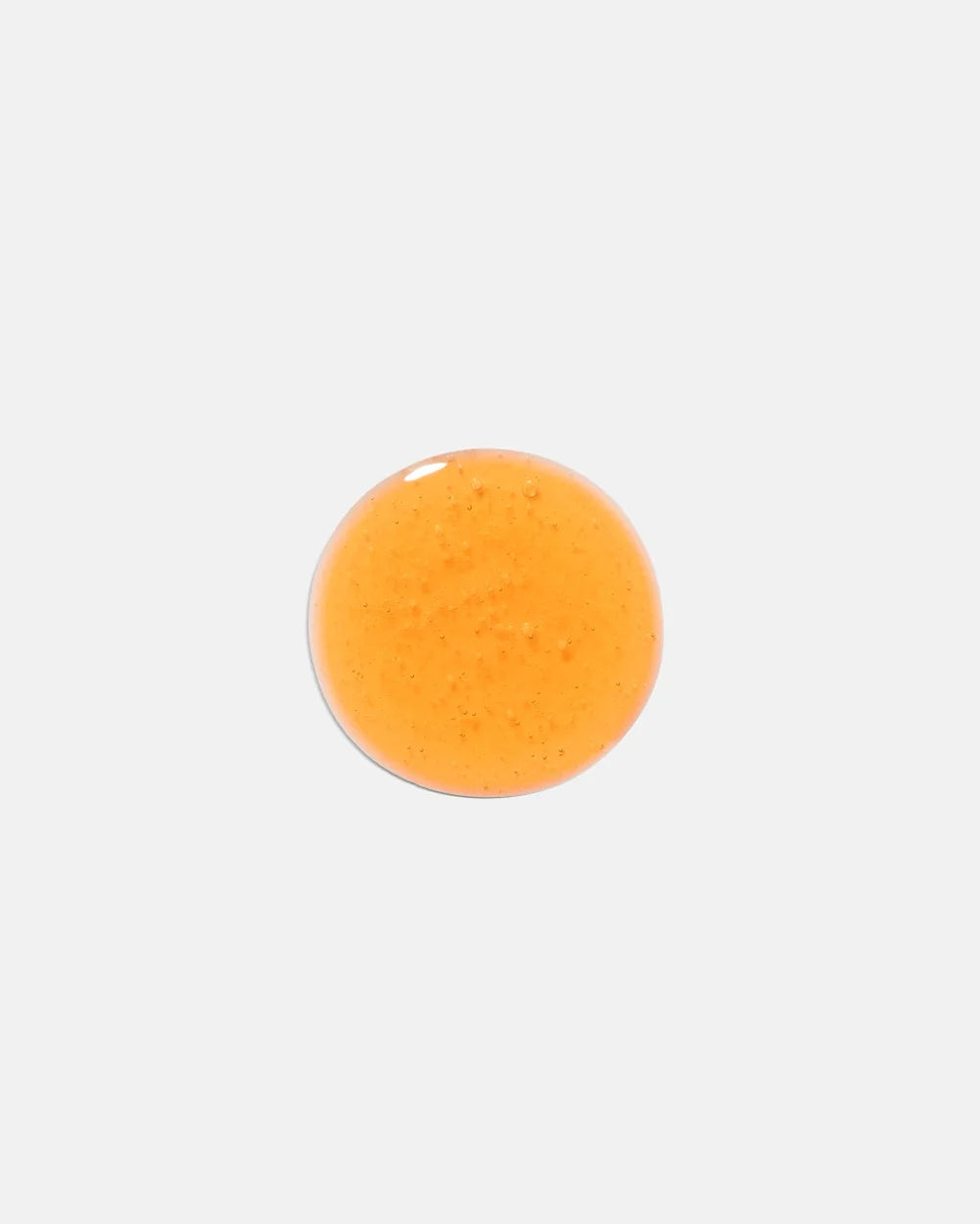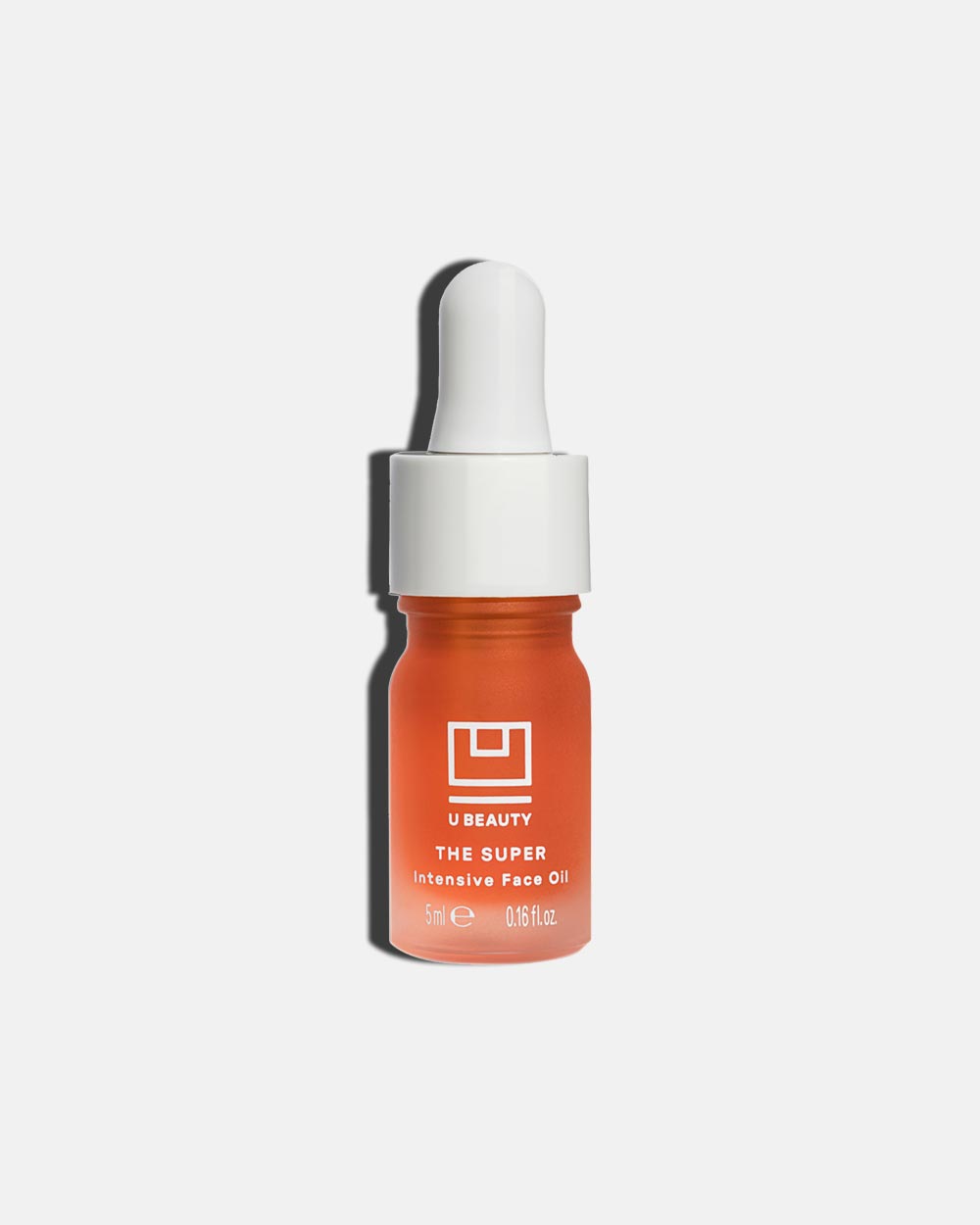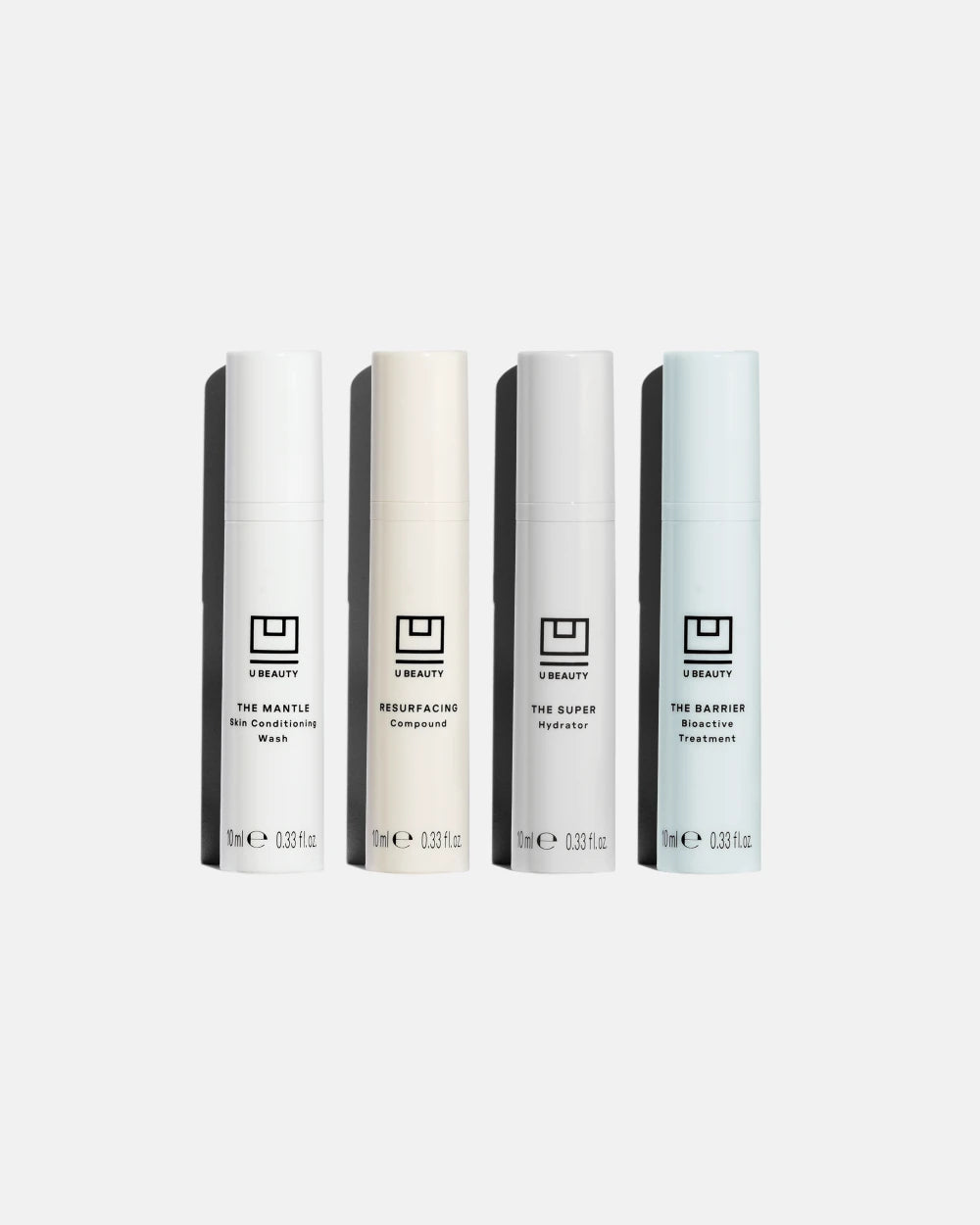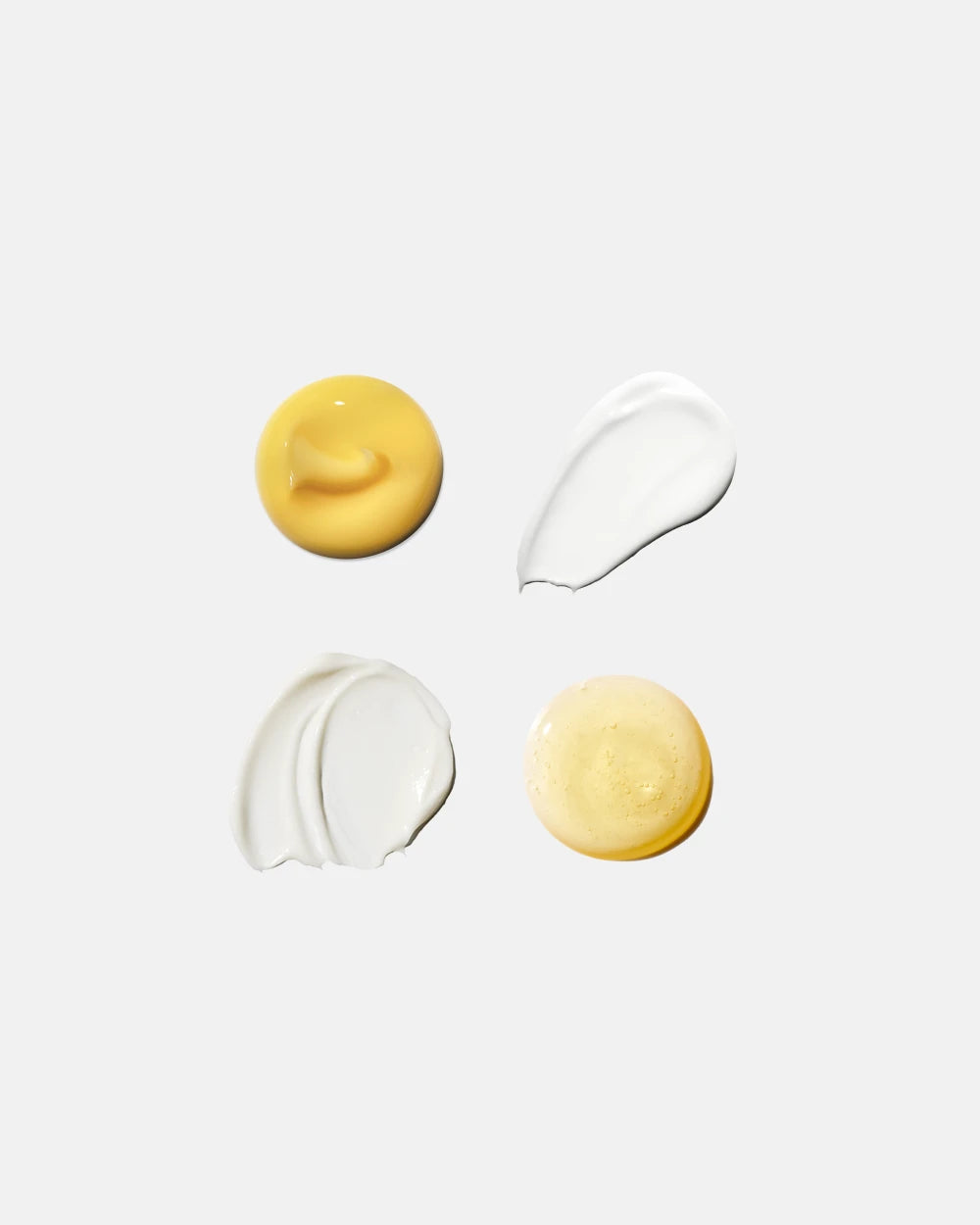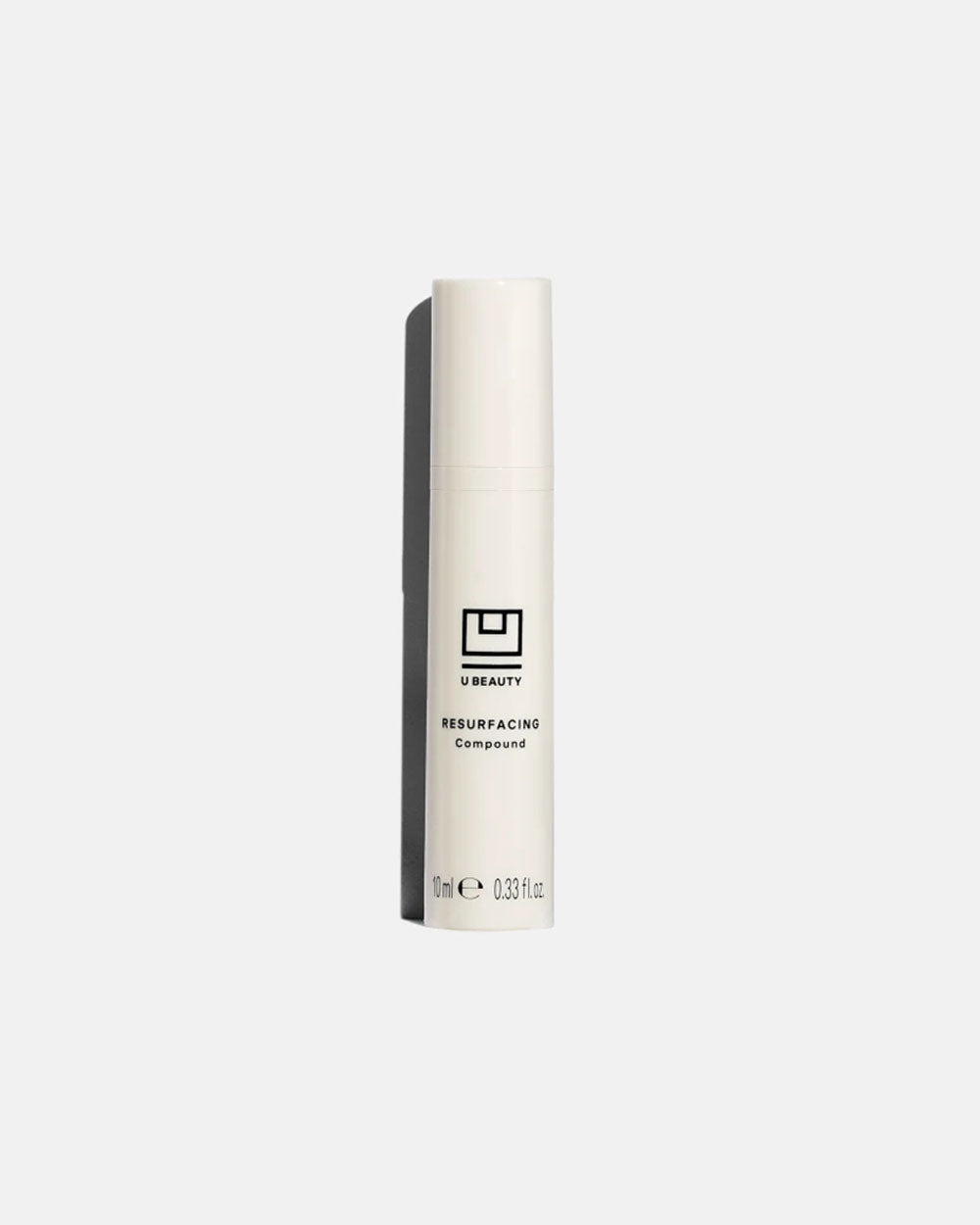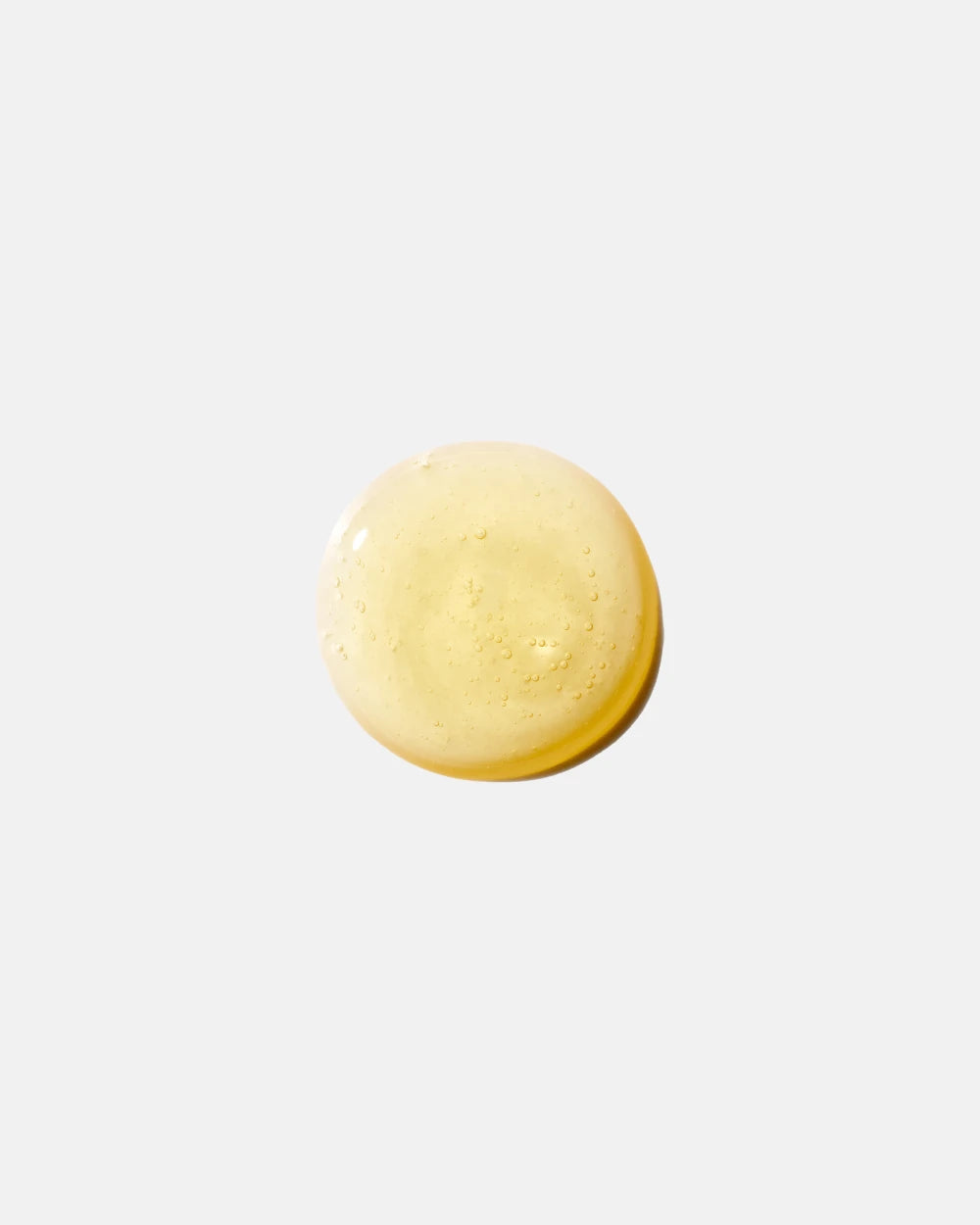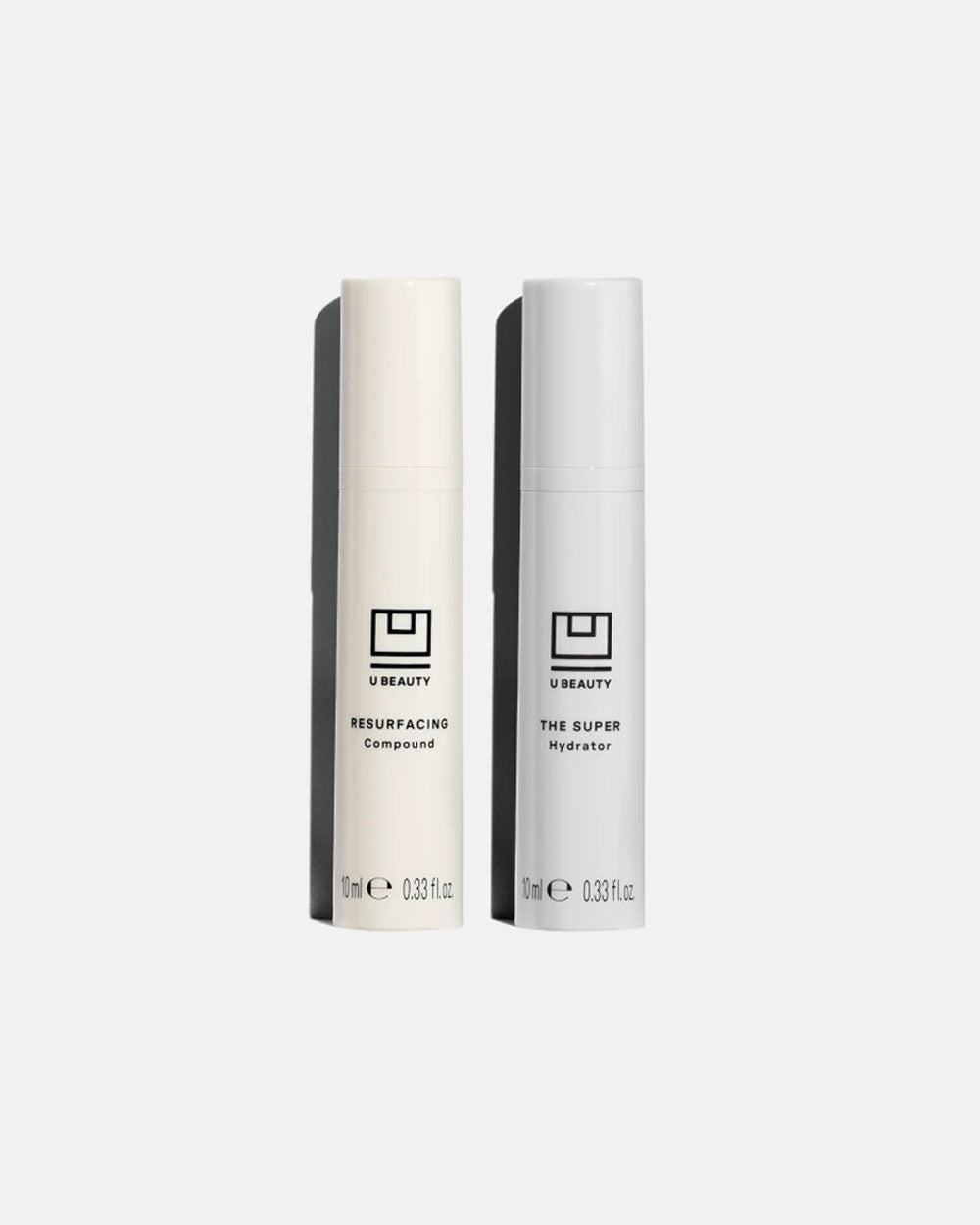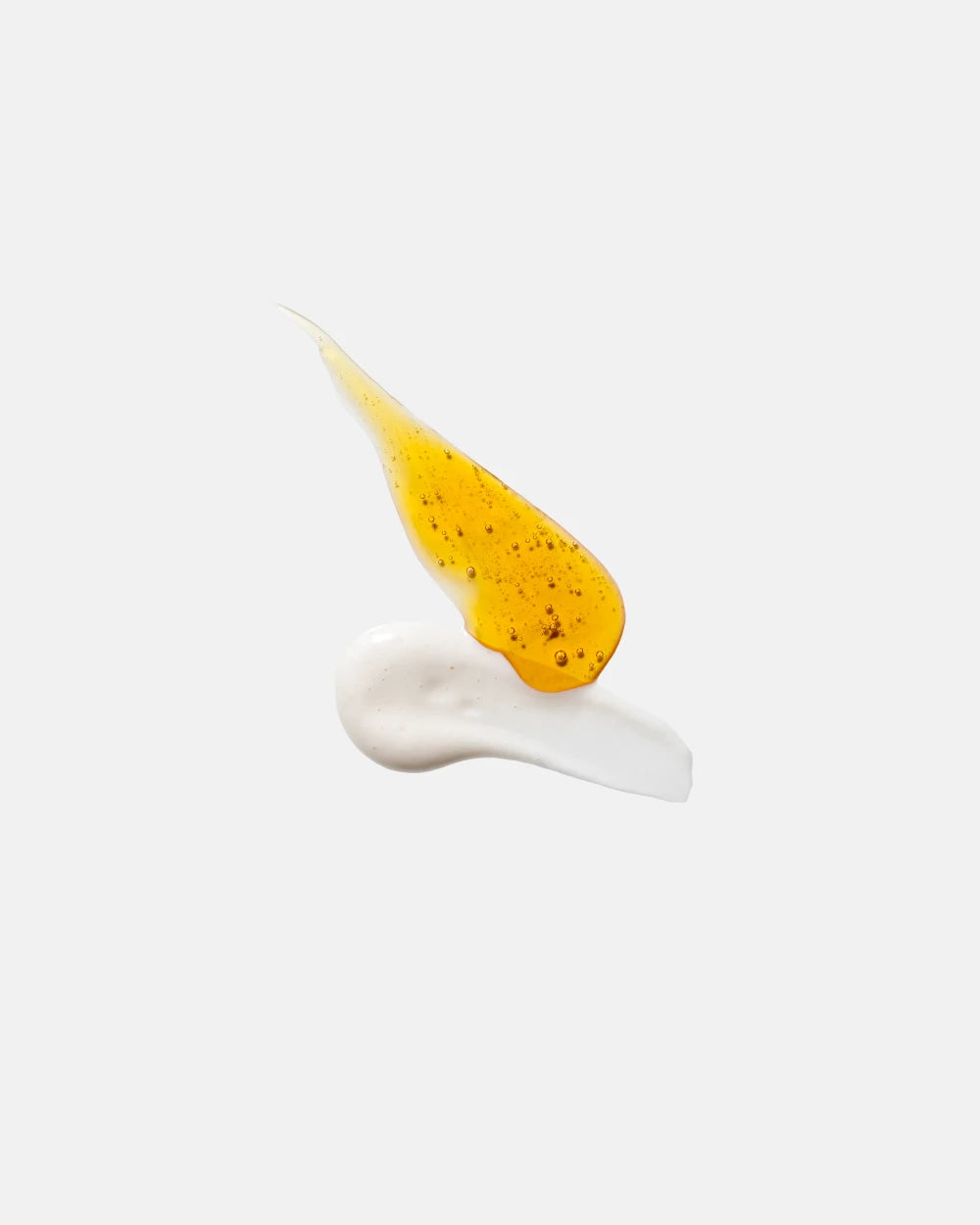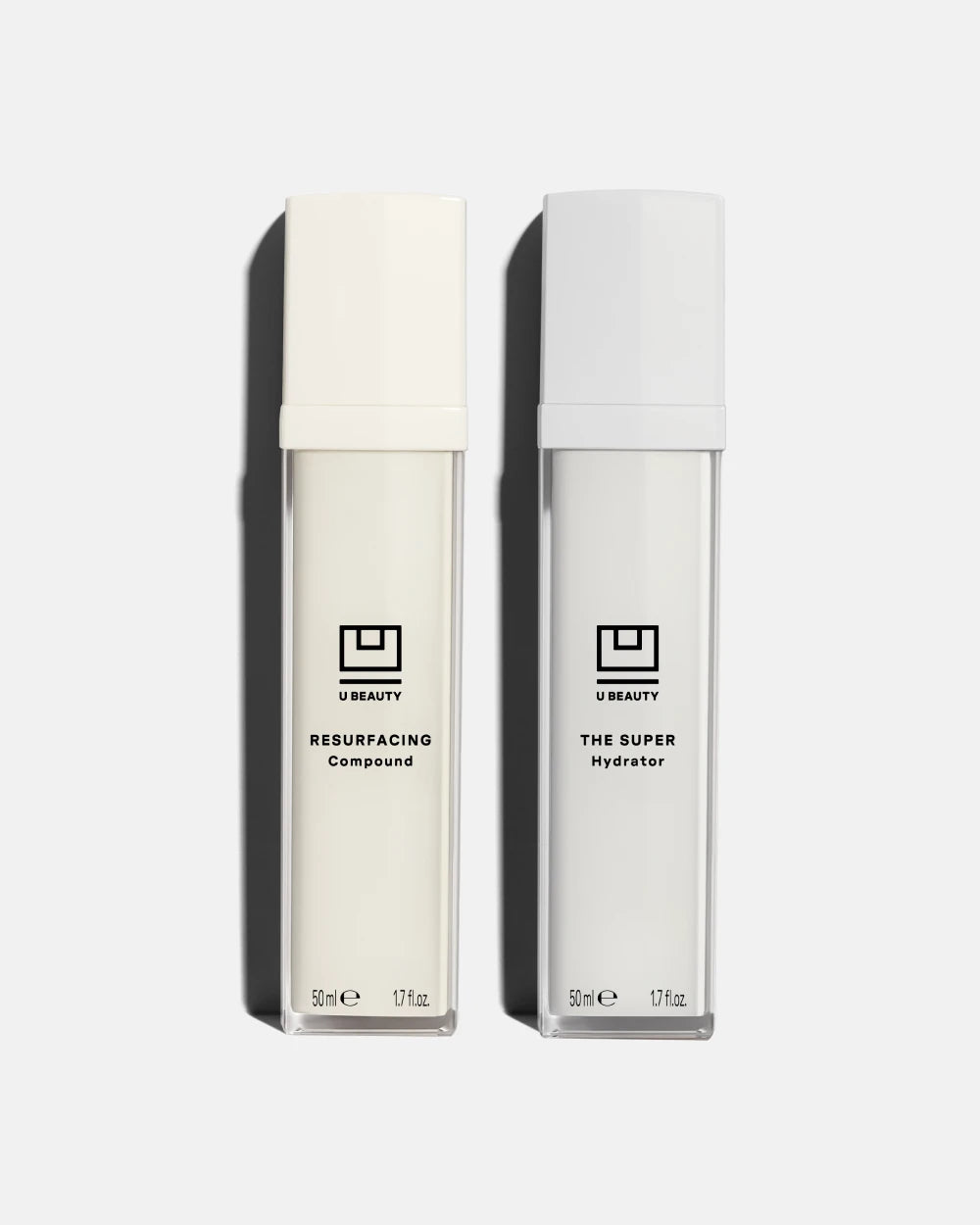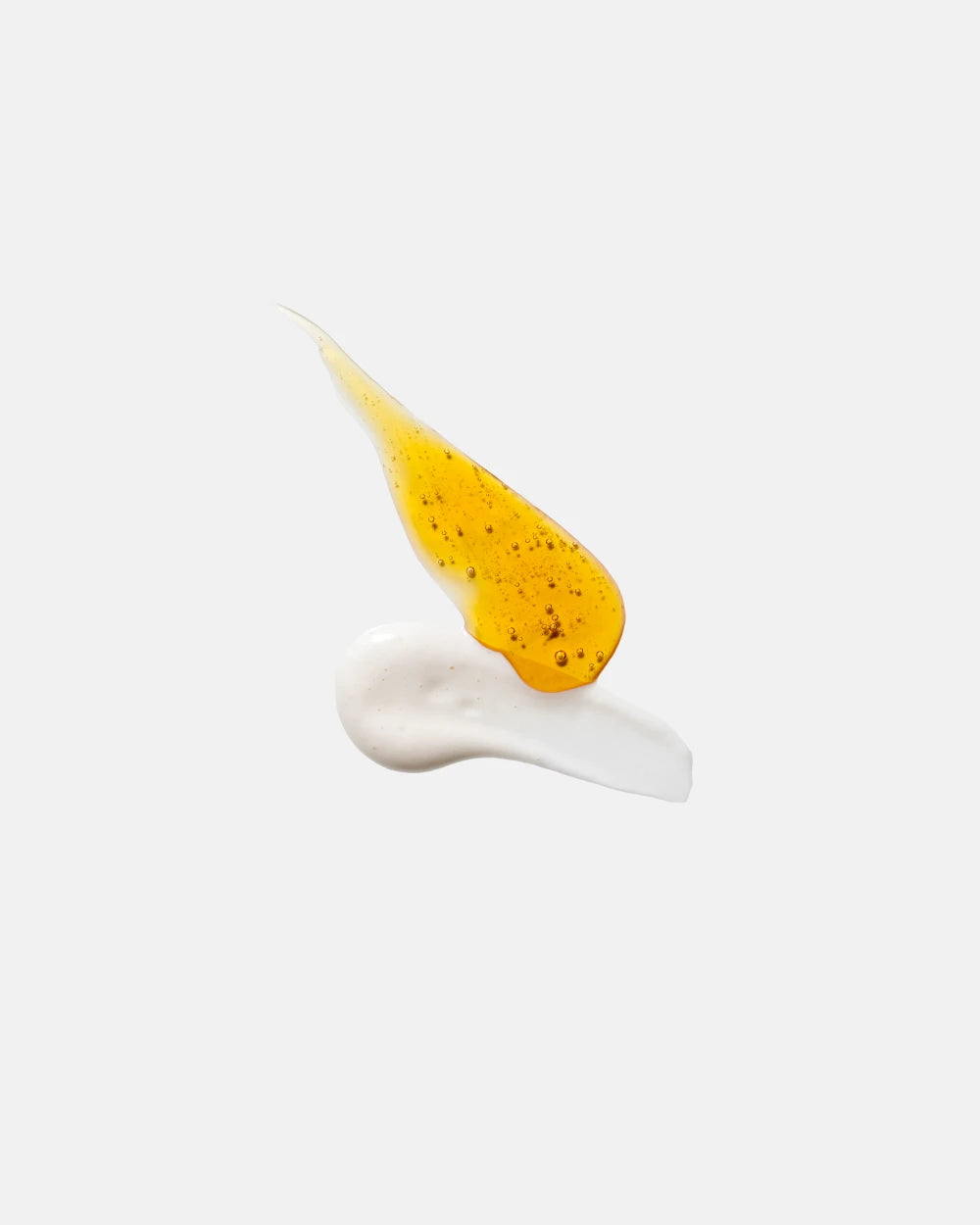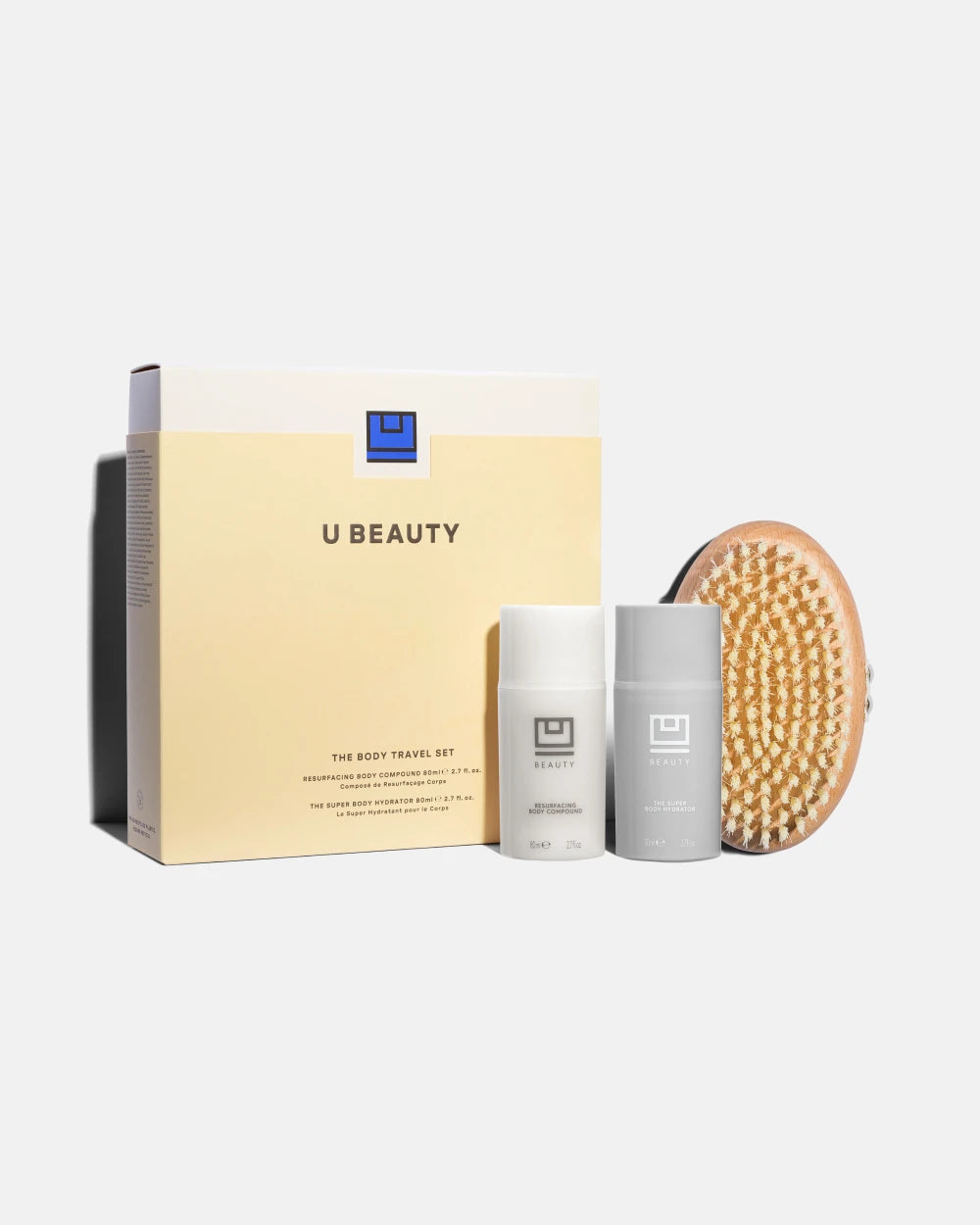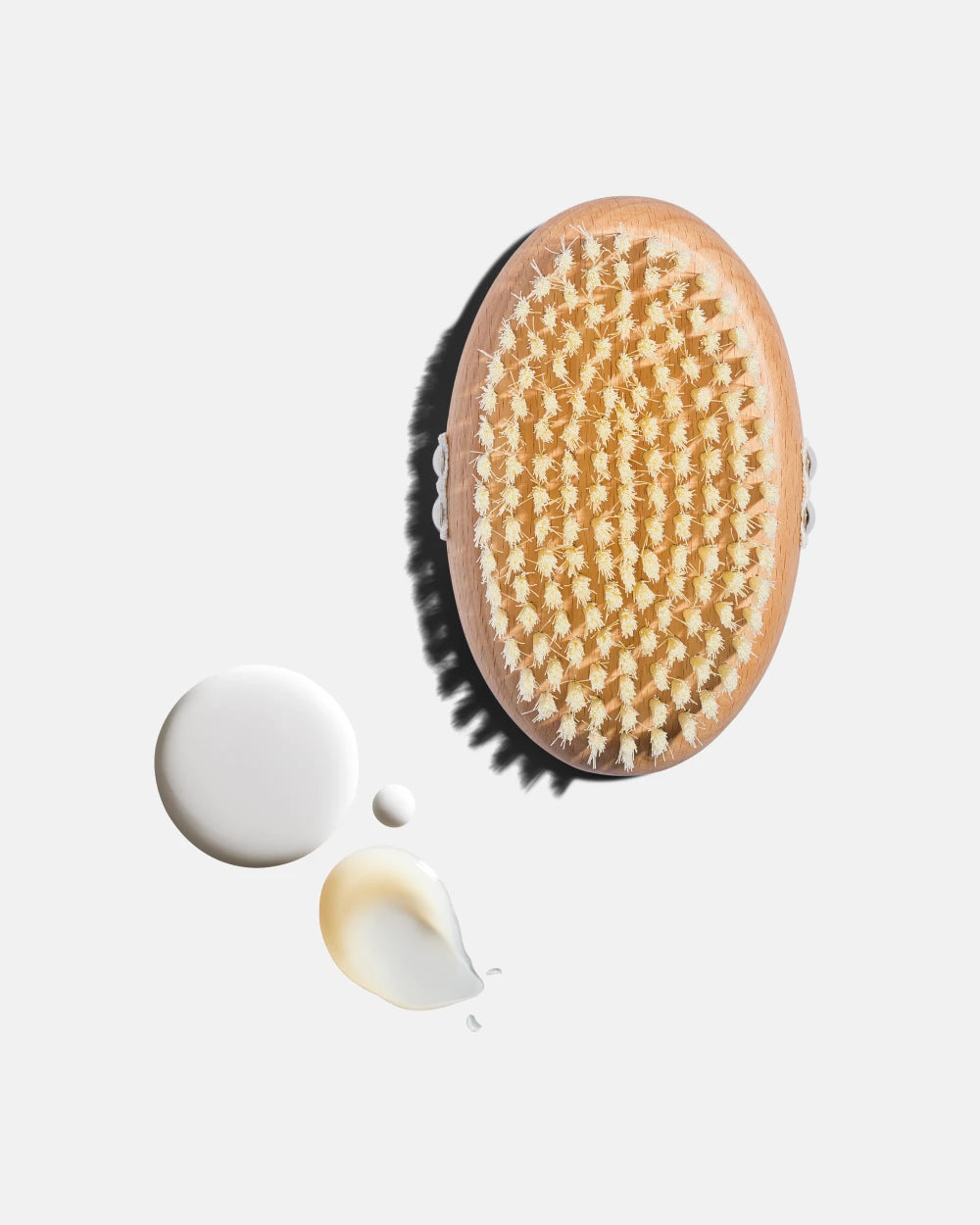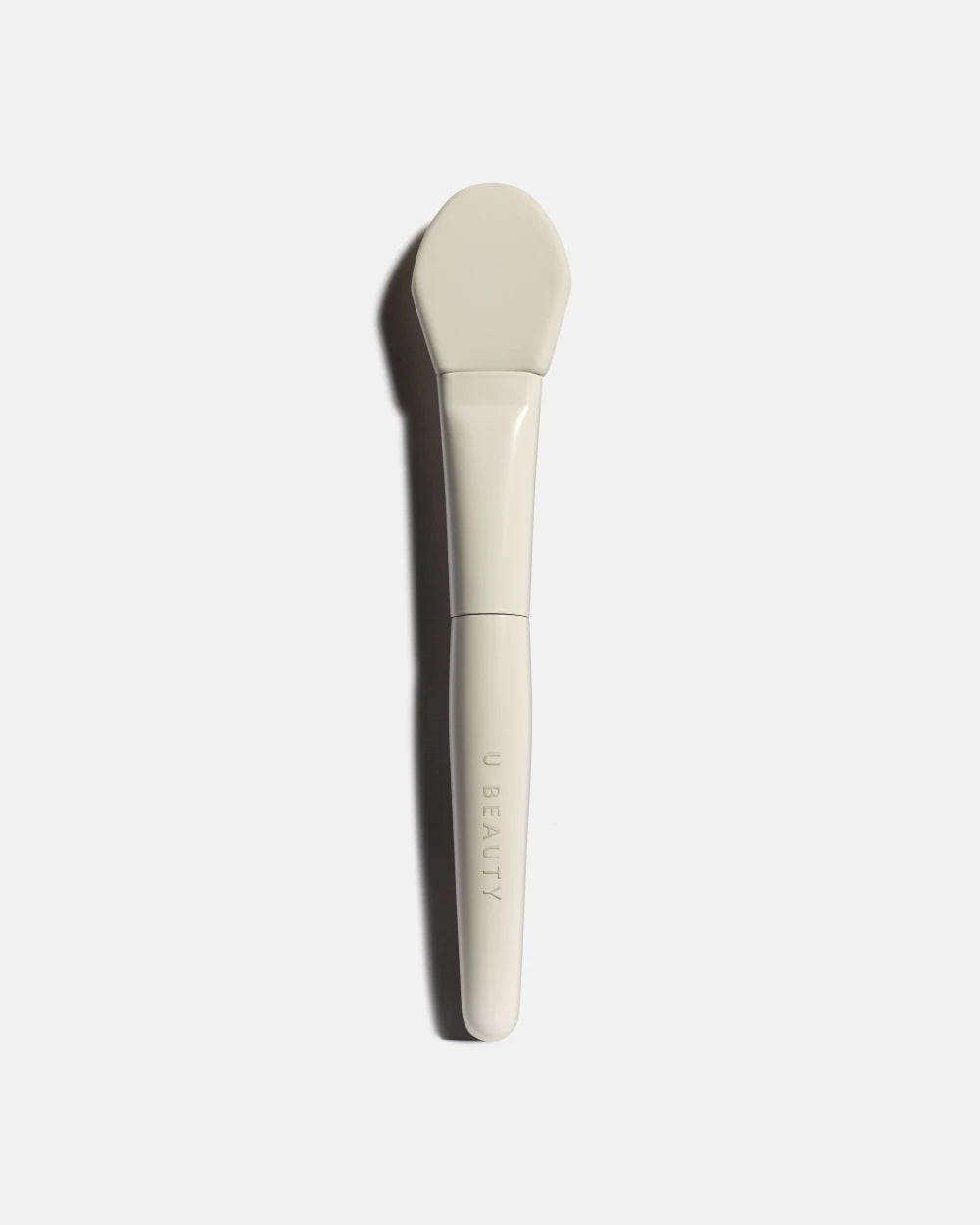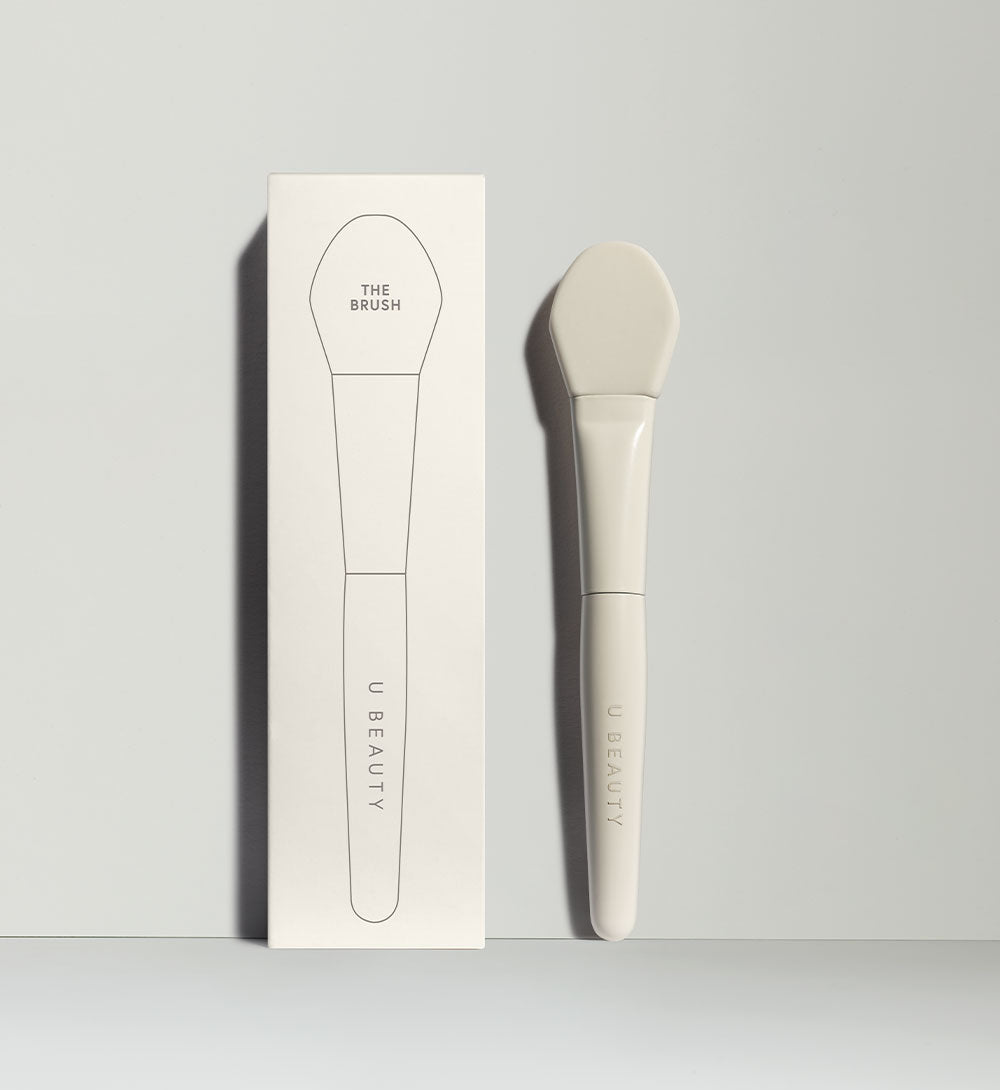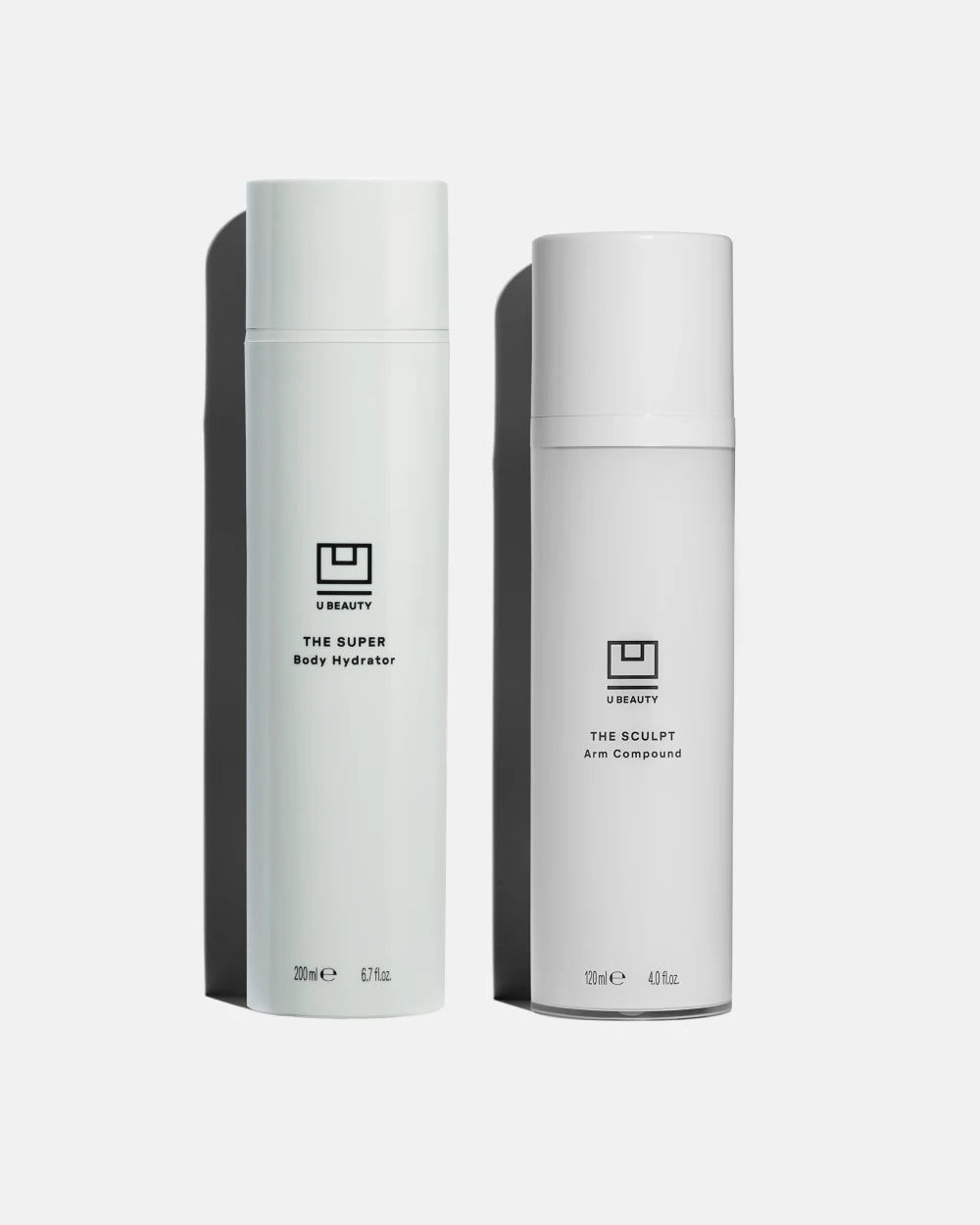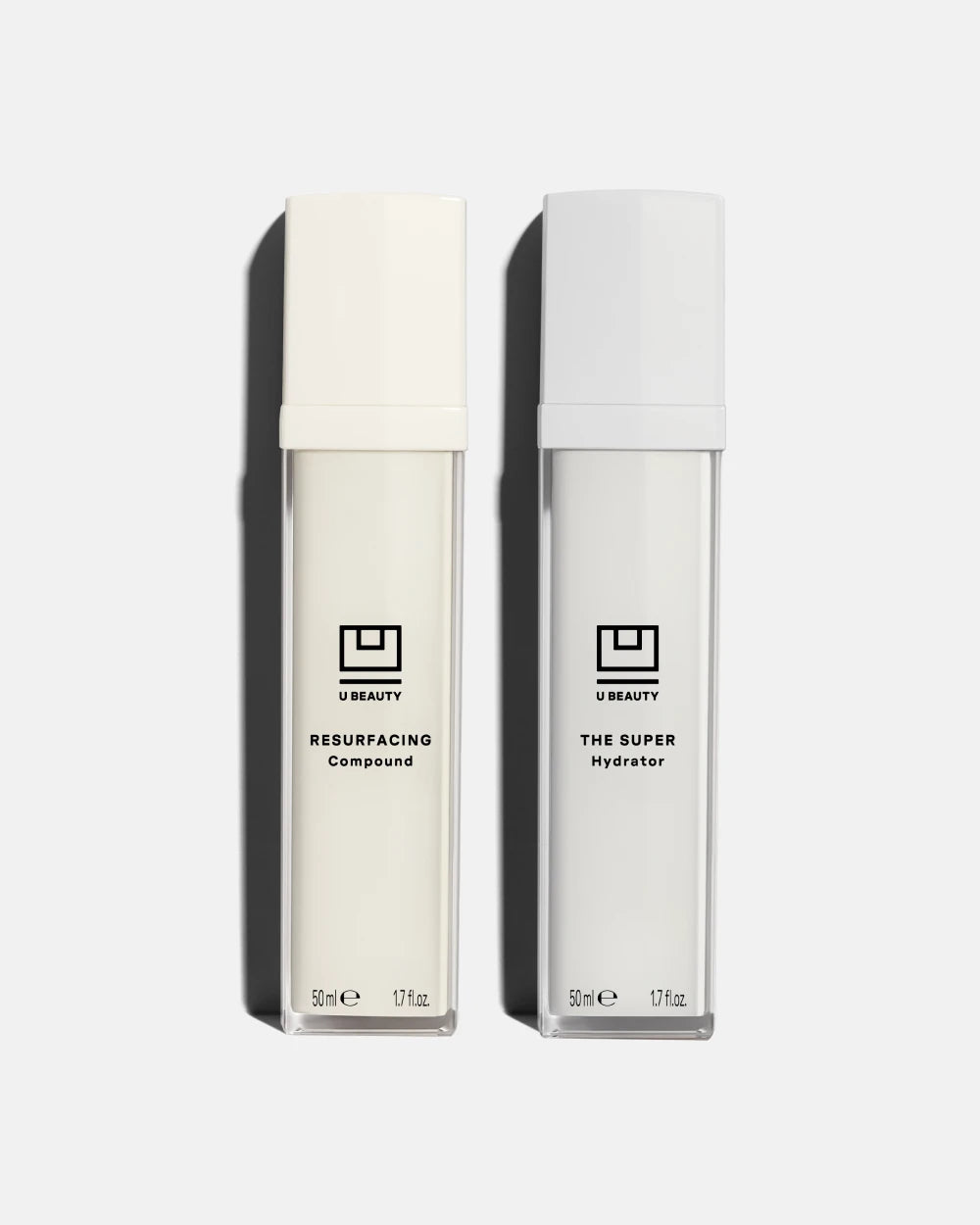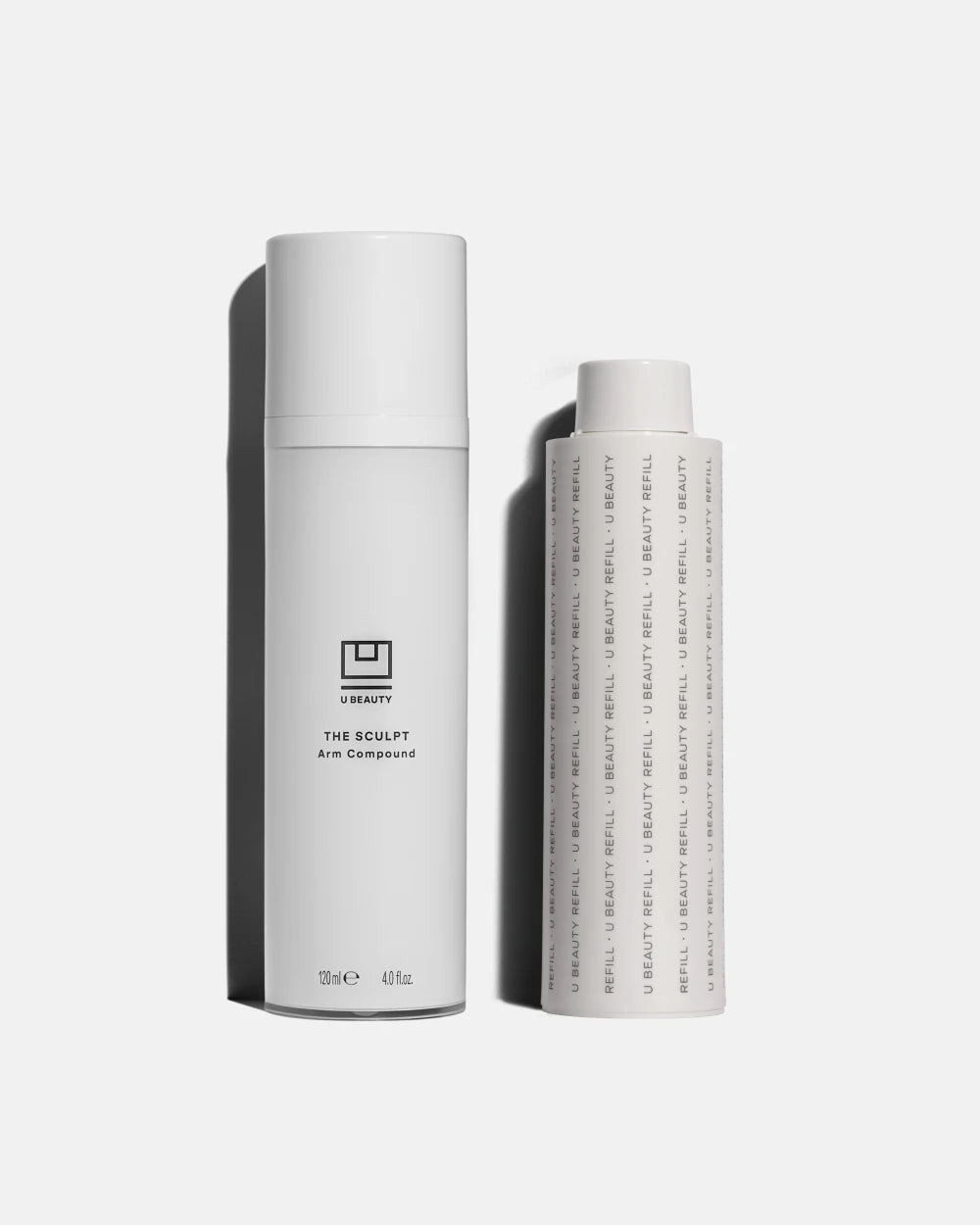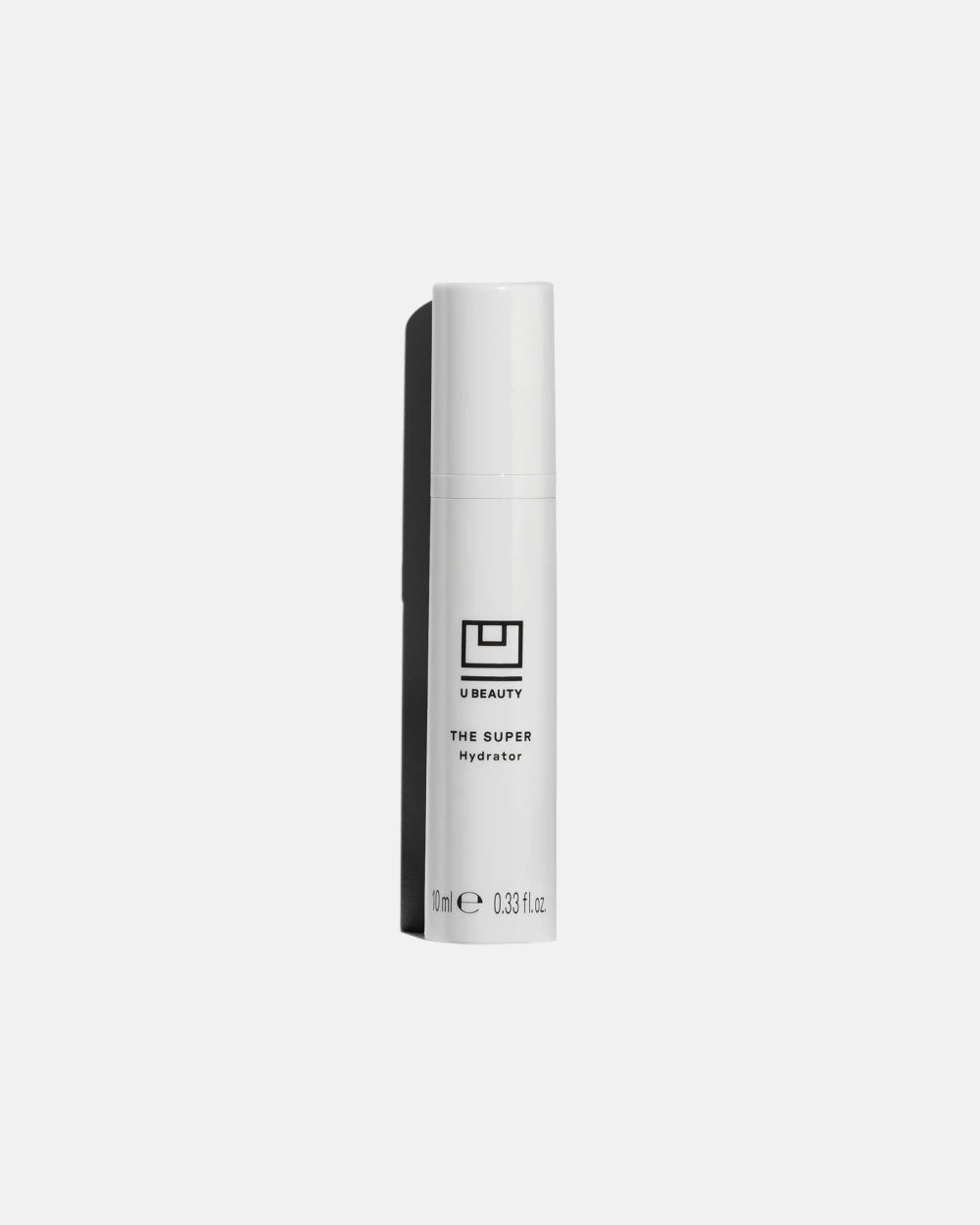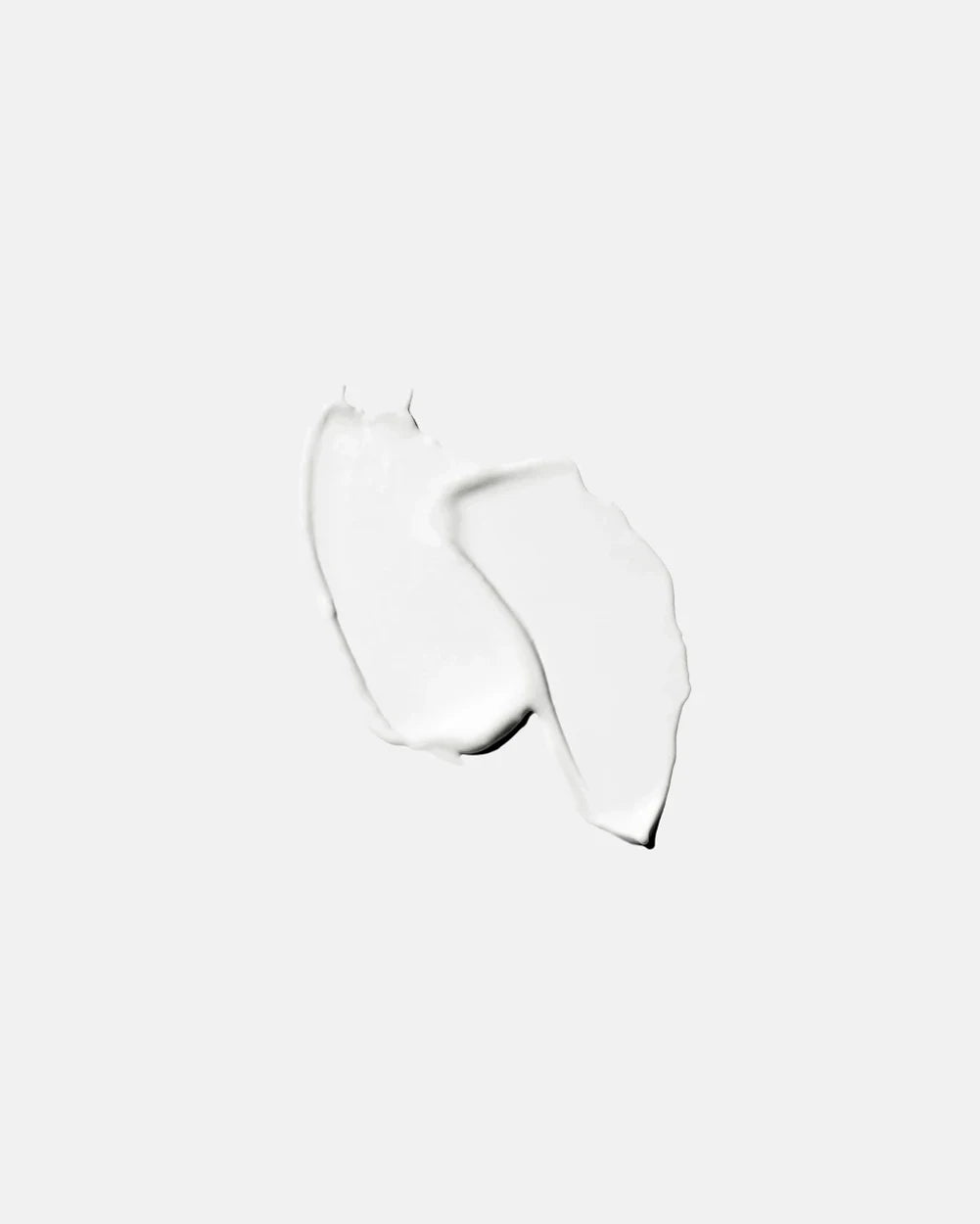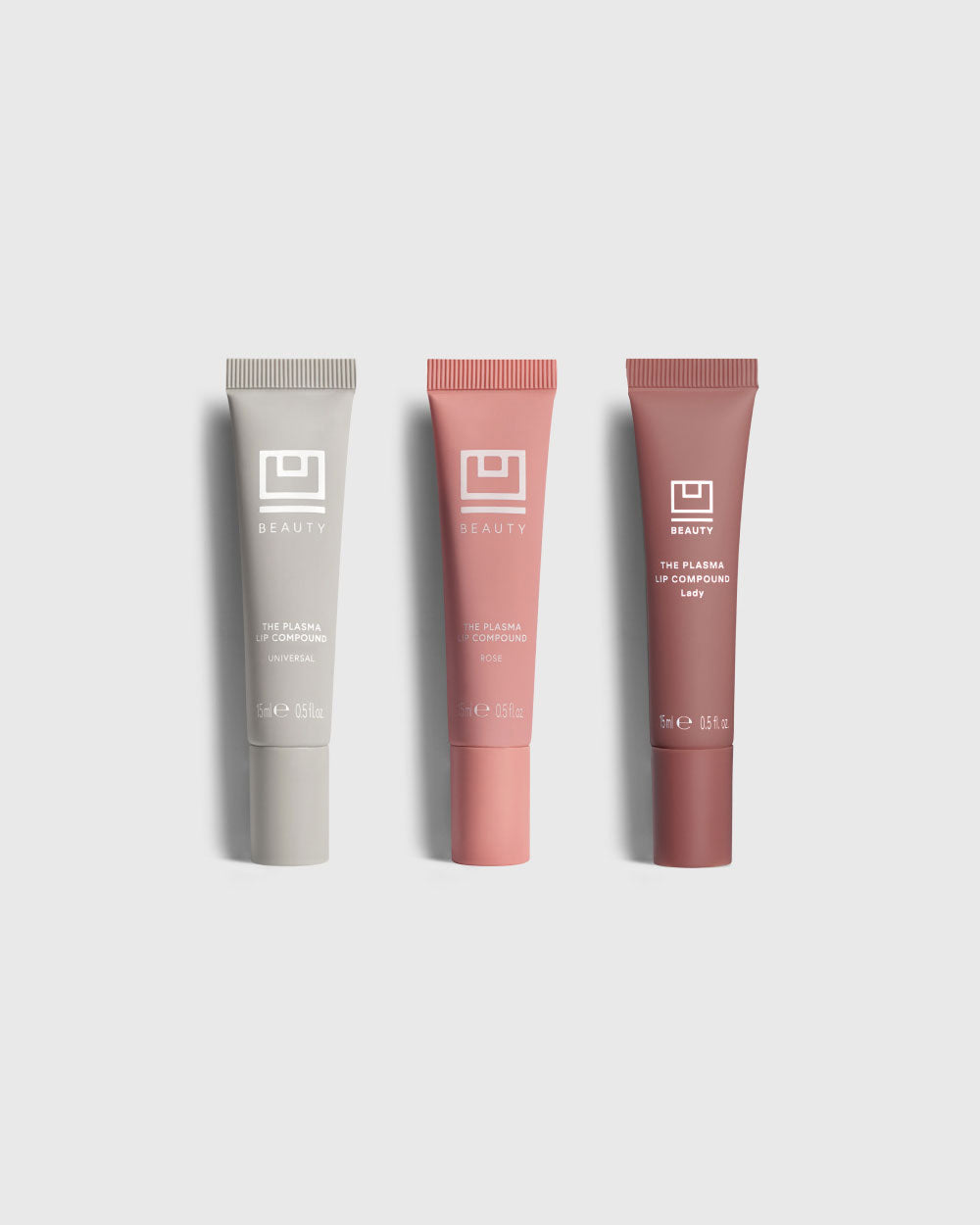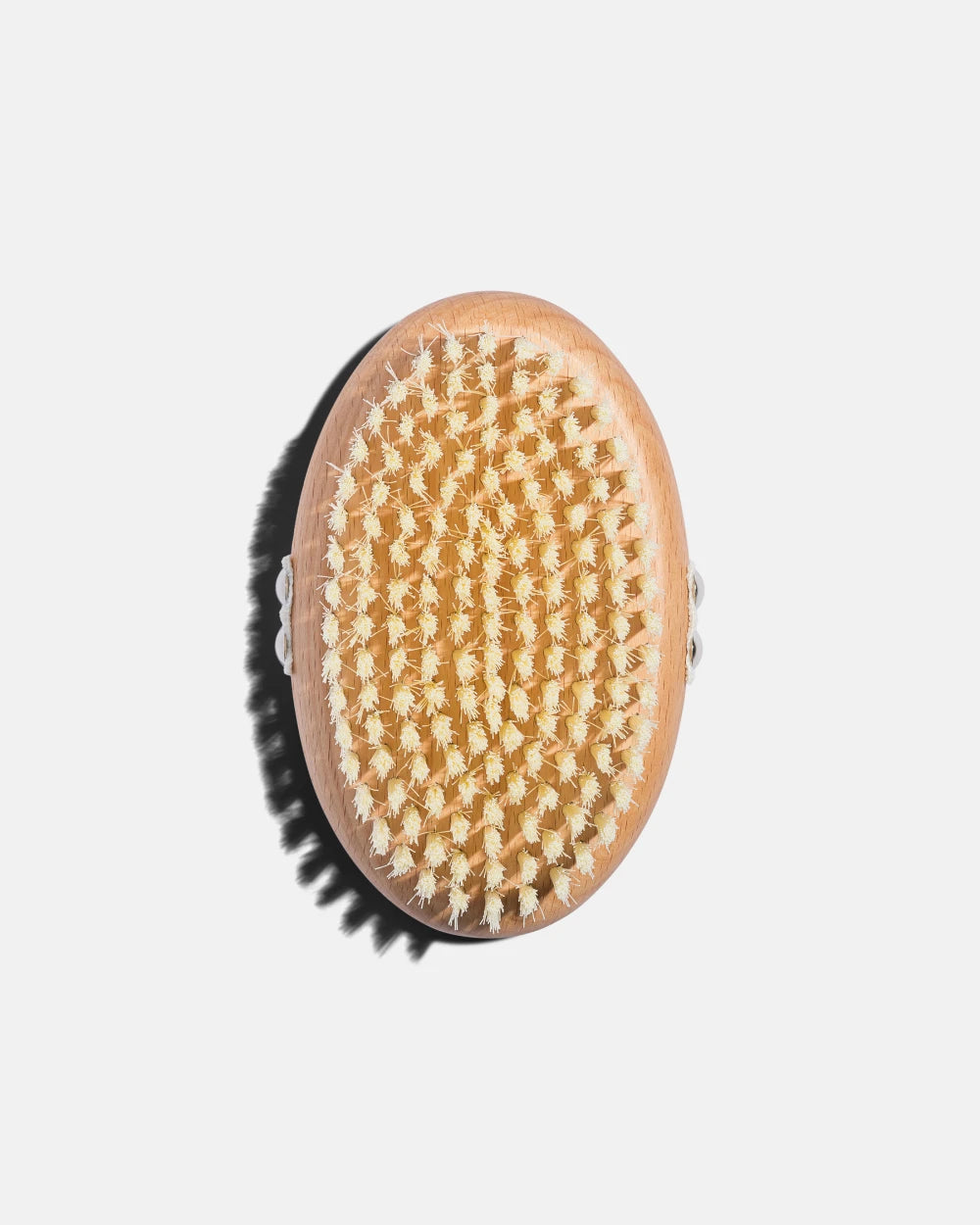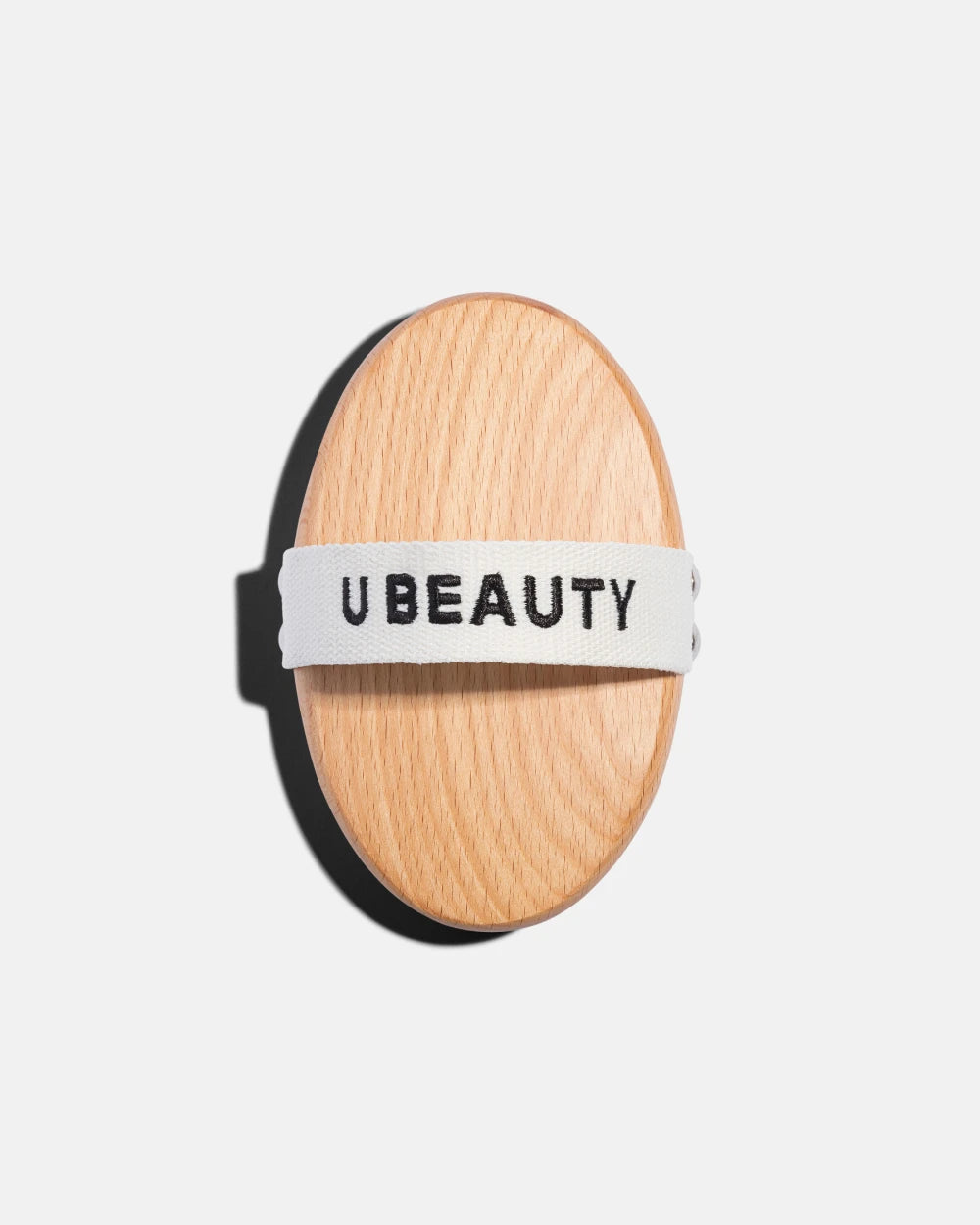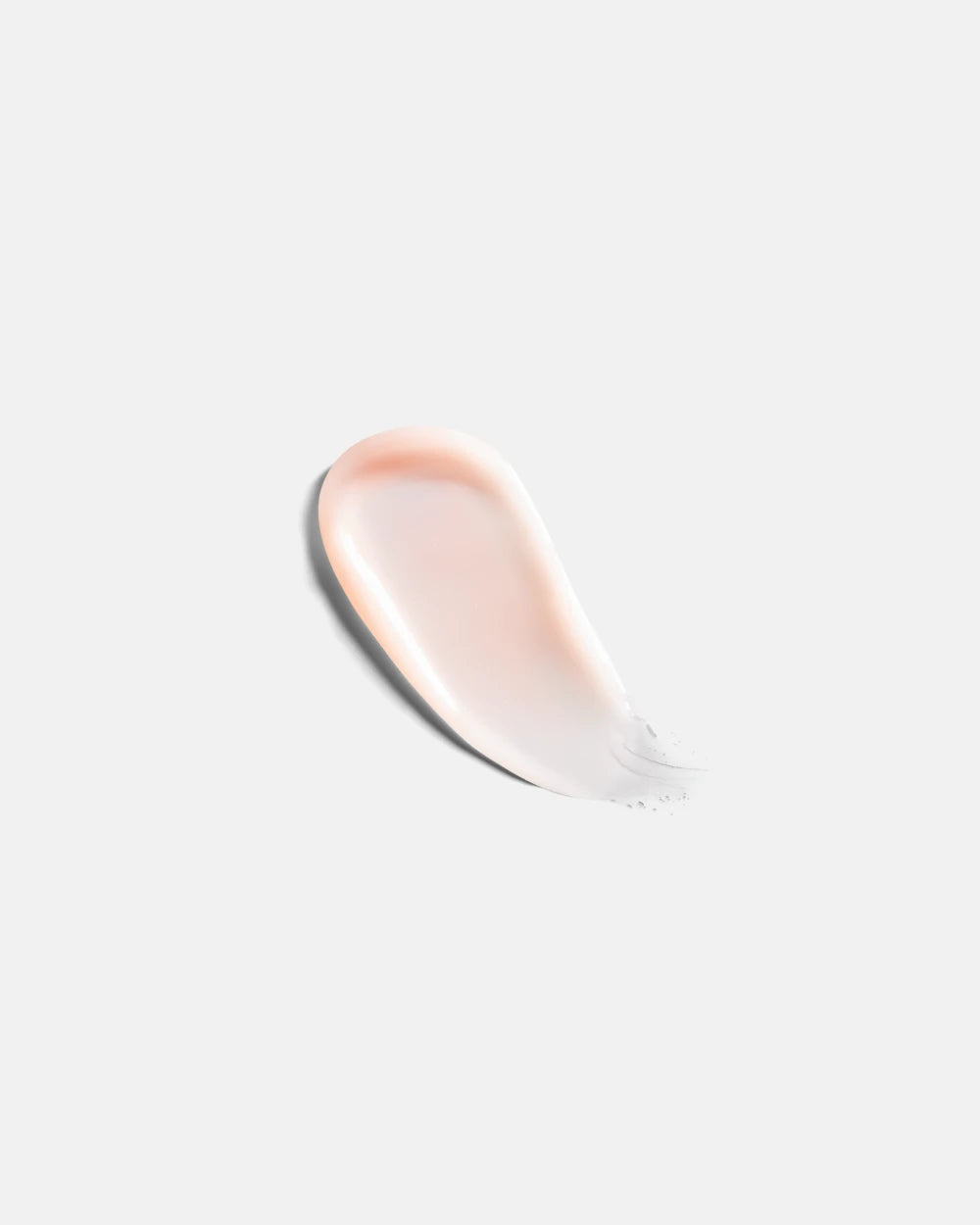Can You Use Hyaluronic Acid With Retinol?

Can You Use Hyaluronic Acid With Retinol?
When it comes to revolutionary skincare ingredients, retinol and hyaluronic acid (HA) often top the list. The first is celebrated for its youth-promoting prowess, while the latter is lauded for its hydrating capabilities. Yet, a lingering question remains: both are hailed as miraculous on their own, but is it safe to use them together?
Given that active ingredients in skincare products can interact in unpredictable ways, the stakes are high. With board-certified dermatologists touting the individual benefits of each—retinol for minimizing the appearance of wrinkles and HA for combating dry skin—it's only natural to wonder whether their powers can be combined.
If you've been on the hunt for a balanced, all-encompassing skincare routine, understanding the synergistic potential of retinol and hyaluronic acid is key. Read on to learn more about these two ingredients and how they can support each other.
What Is Retinol?
Retinol, a derivative of vitamin A, is a cornerstone in the world of skincare products that can minimize visible signs of aging. Often recommended by dermatologists, it can support the skin’s natural collagen, often minimizing the appearance of fine lines and smoothing visible skin texture in the process.
It also may aid in tackling visible dark spots and supporting the appearance of an even skin tone, thanks to its exfoliating properties. As an active form of vitamin A, retinol gets converted into retinoic acid when applied topically. Retinoic acid is the bioavailable form of retinol, or the form that our bodies actually know how to use. By converting to retinoic acid, retinol essentially speaks the language of your body to have lasting effects.
Retinol's impact is not restricted to its brightening and smoothing effects. Because retinol speeds up healthy skin turnover, it has also shown promise in minimizing the appearance of impurities by keeping visible blemishes at bay and reducing the appearance of pores.
However, it’s imperative to exercise caution when using retinol. Retinol has a variety of side effects that you must navigate carefully, including dryness, irritation, and heightened sun sensitivity. Ensuring you wear SPF sunscreen daily becomes even more important when retinol is part of your skincare routine. It's also important to address how retinol might interact with other active ingredients in your skincare routine.
Combining retinol products with other active ingredients like salicylic acid or glycolic acid may cause excessive dryness or irritation, which could potentially compromise your skincare goals. This is because you may not know the exact potency of the active ingredient in each product, and they may combine to create a routine that is too powerful for your skin.
However, if you see these exfoliants together in one product, that’s generally okay, as the product is likely specifically formulated to keep these effects at bay.
What Is Hyaluronic Acid?
Hyaluronic acid is an ingredient called a humectant, a natural molecule that exists in the body and offers deep hydration by attracting large amounts of water inside skin cells. This hydrator can visibly transform dry skin from red and flaky to plump and dewy.
While HA occurs naturally in the body, our natural production of HA decreases with age. No wonder hyaluronic acid moisturizers and serums have become an essential part of so many skincare routines. But hyaluronic acid’s benefits don’t stop there—In addition to visually plumping up the skin, it can support your skin’s natural moisture barrier, helping defend your skin against environmental factors and bacteria.
Because of its water-binding properties, hyaluronic acid can hold up to 1,000 times its weight in water, making it one of the most effective moisturizers available. Unlike other heavy creams and moisturizers, it hydrates without adding grease or clogging pores. So, even those with oily skin can benefit from hyaluronic acid.
Hyaluronic acid also complements other skincare ingredients like niacinamide and ceramides, which can provide additional skin barrier support. Whether you’re looking to hydrate, protect, or rejuvenate, this skincare ingredient is a multitasking hero.
Can You Use Retinol and Hyaluronic Acid Together?
Yes, you can safely use these two heavy-hitter ingredients together. In fact, incorporating both into your skincare routine can yield comprehensive results that each compound could not achieve individually.
The two active ingredients are often paired together for a good reason: they address distinct but complementary aspects of skincare. So, let’s discuss why they’re a match made in skincare heaven.
What Are the Benefits of Using HA and Retinol Together?
The harmony between retinol and hyaluronic acid goes beyond merely being compatible; they can amplify each other’s strengths for an overall enhanced effect. Retinol's ability to encourage more youthful-looking skin can sometimes lead to side effects such as dryness or flaking, which are issues that hyaluronic acid can efficiently counteract.
By supporting skin moisture, hyaluronic acid ensures that the retinol can do its job without causing excessive dryness. This safeguard can help you experience the full benefits of retinol without the drawbacks.
This complementary action can make your skincare routine more efficient, offering both immediate and long-term benefits. If you're contemplating a holistic approach to skincare, using hyaluronic acid and retinol together can be a balanced and effective strategy.
How To Use HA and Retinol Together
If you're eager to integrate both into your skincare routine, it’s time to figure out how to do it.
The steps you take and the products you choose can make all the difference when it comes to maximizing benefits while minimizing potential side effects. As we delve into each stage of your skincare routine—from cleansing to moisturizing—let's explore how to get the most out of your retinol and hyaluronic acid treatments.
1. Start With a Hydrating Cleanser
Kicking off your skincare routine with an effective yet gentle cleanser sets the stage for a successful application of active ingredients like retinol and hyaluronic acid. Choosing a cleanser such as The MANTLE Skin Conditioning Wash preps the skin for retinol use, ensuring that your topical products have the best possible opportunity to work.
This advanced formula does more than just cleanse; it also conditions the skin.
2. Apply a Retinol Serum or Treatment
Once your face is thoroughly cleansed, it's time to apply a specialized product like our Resurfacing Compound. Designed as a multitasking marvel, this serum uses multiple ingredients to yield measurable results, eliminating the need for a separate toner, serum, exfoliant, and vitamin C product.
Stable retinol is a game-changer in this formula, offering consistent, long-lasting results without the typical concerns that come with retinol use.
This effect is amplified by our double patent-pending SIREN Capsule Technology, which is designed to transport ingredients straight to damaged-looking skin, bypassing healthy-looking skin. This way, the ingredients won’t overpower your skin. In fact, our SIREN Capsule Technology makes it possible for you to use ingredients like retinol twice a day without experiencing irritation.
Because of this unique formulation, this serum is suitable for all skin types. Even those with sensitive skin can use it twice a day without seeing irritation or redness.
Our formula also features hyaluronic acid and retinol to provide a comprehensive smoothing effect, as well as vitamin C and vitamin E, which are powerful antioxidants. Through consistent use of this serum, you can witness a transformative change in your skin texture and tone.
3. Hydrate Your Skin With Hyaluronic Acid
Let’s not forget the crowning step in any effective skincare routine—moisturizing. The SUPER Hydrator is not your average moisturizer. It employs a blend of carefully chosen ingredients like purified oat extract, peptides, and shea butter to give you up to 48 hours of intense hydration.
With this moisturizer, you're not just adding a layer of moisture; you're sealing in all the benefits of your prior treatments. It works in tandem with these actives to ensure a plumper appearance and a feeling of elasticity, adding a finishing touch to your skincare ritual.
Facing the Facts
Together, hyaluronic acid and retinol form a dynamic duo that addresses multiple facets of skin health, from minimizing visible signs of aging to encouraging a hydrated, plump appearance. The collaboration between these two active ingredients creates skincare synergy, each boosting the other.
To learn more about cutting-edge skincare, browse our selection today.
Sources:
The Hype on Hyaluronic Acid | Harvard Health Publishing
Hyaluronic Acid: A Key Molecule in Skin Aging | National Library of Medicine


